How to Balance Work, Life, and Equestrian Hobbies
May 27, 2025 | Super Equestrian
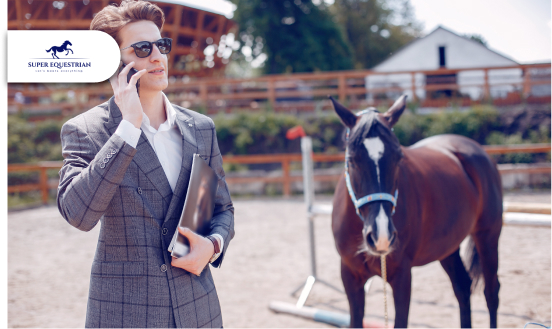
There are mornings when the alarm rings and you wonder which life you’re waking up to—the one that pays the bills, the one that loves and needs you, or the one that smells like hay and freedom. We wear many saddles. Some tight, some comforting, some chosen, others inherited. But all of them are ours to bear.
And in the middle of it all, there’s the horse.
Not just a hobby. Not a “side passion.” Something more primal than that. A connection that doesn’t speak in words but hoofbeats. Yet life—modern, rushed, hyper-connected—demands we stay in stride with it, too. So how do you ride in three directions at once? Work, life, and the call of the stables?
1) Know Your Priorities and Check In With Them Often
Let’s be real: you can’t do everything all the time. There are only 24 hours in a day, and your energy isn’t unlimited. That’s why getting clear on what truly matters to you is the first step toward balance.
Ask yourself:
- What are the non-negotiables in my life right now?
- What brings me genuine joy and peace—even on the hard days?
- What’s adding stress without real reward?
For some, work is the top priority—it pays the bills and builds a future. For others, family time comes first. And if horses are in your life, chances are they aren’t just a hobby—they’re a part of who you are. They offer a kind of therapy you can’t get anywhere else. So it’s okay—no, important—to make room for them, too.
The key is to set clear boundaries around your time. If weekday evenings are your riding time, protect that time like you would any important meeting or family dinner. Let people around you know what you’re committing to so they can respect it—and so you don’t feel pulled in ten directions at once.
2) Plan Smart, But Leave Room to Breathe

When your days are packed with work, chores, and family responsibilities, horseback time can easily get pushed to “maybe later.” That’s why it helps to treat your riding time like an actual commitment—not just a hobby you squeeze in when there’s nothing else going on.
Treat Riding Time as a Real Commitment
Start by looking at your weekly routine and identifying your open windows. Maybe you’ve got an hour after work on Tuesdays and Thursdays, or Saturday mornings before the weekend hustle begins. Block those times out for the barn—even if it’s just to do some groundwork, groom your horse, or hang out in the fresh air.
Use Digital Tools to Plan Your Riding Schedule
Digital tools like Google Calendar or Notion can help you lay it all out in one place. You can even color-code your activities: work in blue, family in green, barn time in brown (or hay-colored, if you're feeling extra). Prefer pen and paper? A simple wall calendar or planner works just fine—especially if you leave it somewhere you’ll actually look at it.
Embrace Flexibility When Life Gets in the Way
Now, life happens. A meeting might run late. Your kid might get sick. Or your horse might pull a shoe the morning you planned a trail ride. That’s where flexibility comes in. If something gets bumped, don’t beat yourself up—just reschedule. You’re not failing at balance; you’re adjusting to real life.
3) Talk It Out—Don’t Assume They Know
Trying to balance everything silently? That’s a fast track to burnout. The truth is, the people around you—your boss, your partner, your kids, even your barn friends—can’t read your mind. If riding is something that keeps you grounded, energized, and mentally healthy, you’ve got to say it out loud.
Communicate the Importance of Barn Time to Your Loved Ones
Start with the people closest to you. Let them know why barn time matters. Maybe it’s your stress relief after a long day, or maybe it's the only time in the week that feels like yours. When they understand the why, they’re more likely to support the when.
Be Transparent at Work for Better Flexibility
And yes, this applies to work too. If you need to shift your hours slightly to avoid rush hour on the way to the barn, or you’re planning to leave early one day for a clinic, have that conversation in advance. You’d be surprised how understanding people can be when you’re honest and proactive.
Keep Everyone in the Loop at the Barn
On the flip side, make sure you’re just as clear at the barn. If you’re working with a trainer, let them know your availability so you’re not scrambling last minute to fit in lessons. If you share responsibilities like feeding, mucking, or turnouts, a quick text or shared calendar with barn mates can go a long way in keeping everyone on the same page.
4) Don’t Put Yourself Last

Yes, riding is good for the soul, but it’s not a replacement for actual self-care. You might be great at looking after your horse’s needs, but when’s the last time you gave yourself the same treatment?
Start with the basics.
- Sleep: Aim for a full night, not four hours and a cup of coffee pretending to be energy. Your body needs rest to recover, especially if you're juggling work, barn chores, and life outside both.
- Food & hydration: Skipping meals or running on granola bars and caffeine? That’ll catch up with you. Keep a stash of protein snacks, fruits, and a water bottle in your barn bag or car. You'll feel the difference.
- Mental space: You don’t always need a full day off to reset. Sometimes a 10-minute walk, a quiet coffee break, or even just sitting in your car before jumping into the next task can help clear your head.
And remember, running on empty doesn’t prove anything. If you’re exhausted, everything—your work, your relationships, your time with your horse—takes a hit. Taking care of yourself isn’t a luxury. It’s maintenance. Just like your tack, if you don’t look after it, eventually, something breaks.
5) Pick a Barn That Fits Your Life
Let’s face it—where you ride matters just as much as when. If you're trying to balance a full-time job, family, and everything else life throws at you, the last thing you need is a barn that adds stress to your schedule.
Look for a Barn That Fits Your Schedule
Look for a place that gets it. Some barns cater more to juniors or competitive riders with open daytime hours, which is great, but not always practical if you’re squeezing in saddle time after work or on weekends. Try to find a barn that welcomes adult amateurs or busy professionals—places that offer evening lessons, flexible ride times, and a laid-back, supportive atmosphere.
Location Matters: Choose Convenience
Also, don’t underestimate location. A barn that’s an hour away might seem worth it at first, but when you're racing the clock after a long day at work, that commute can turn into a serious barrier. Something within 20–30 minutes of home or work makes it easier to stay consistent—and less likely to skip out when you're tired.
Feel the Vibe: Trial Lessons and Atmosphere
Take a trial lesson or just hang out during peak hours before committing. Pay attention to the vibe. Are the other riders friendly? Is the trainer respectful of your time and goals? Are the horses well cared for? It all matters.
6) Embrace Tech (Yes, Even for Your Riding)
.jpg)
In a world that’s online for just about everything else, why not make your equestrian life a little easier with some digital help? Technology can keep you organized, connected, and on top of your game—without needing to be at the barn 24/7.
Track Your Horse’s Progress with Apps
Start by using apps that track your horse’s health and training progress. Apps like Equilab or PonyApp let you log everything from workouts and feeding schedules to health records, making it easy to keep track of your horse’s needs even when you’re not at the barn. These apps help you stay organized and give you an overview of your horse’s progress over time.
Learning with Online Resources
When barn time is scarce, take advantage of online resources. Whether it’s watching training videos to work on technique or booking virtual coaching sessions, you can keep learning and improving without having to be there in person. It’s an excellent way to fit riding into a busy schedule.
Stay Connected with Group Chats and Support
Also, don’t forget about the power of group chats with your barn friends or trainer. Quick texts can keep everyone updated on ride times, upcoming events, or if someone needs help. You can even use these chats for casual tips or motivation—sometimes all it takes is a quick message from a friend to get you back in the saddle when you’ve been feeling overwhelmed.
Get More Equine Insights From Our Related Blogs:
- Horse-Themed Gifts: Unique Ideas for Every Horse Lover
- Horse Training Techniques: Creating A Training Experience Your Horse Will Love
- Horse Photography Tips: Learn the Best Techniques for Perfect Equine Photos
Wrapping It Up: Finding Your Balance
It’s about defining what matters most—be it a moment spent with your horse or the freedom of an open trail. Your priorities will shift, as all things do. Life, after all, is a constant rebalancing. But with patience, flexibility, and a bit of faith in the process, you can build a life that doesn’t ask you to choose between the things that make you whole.
If you’re seeking more insights or just a little inspiration, take a step into the world of Super Equestrian. There, you’ll find updates, resources, and a community of like-minded souls who understand the balance you’re striving to achieve.
Recent Blogs
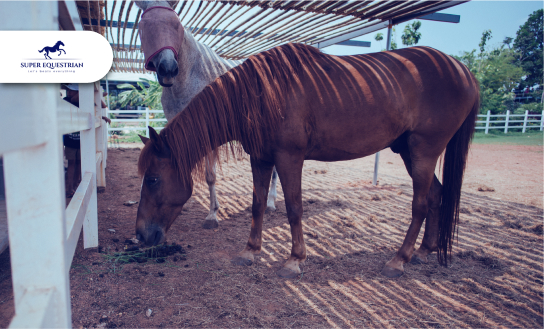
Common Equine Diseases and How ...
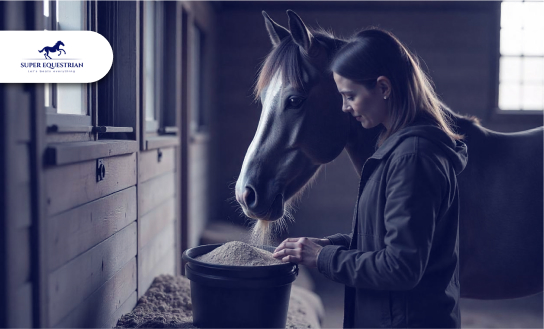
Equine Health Supplements: What Every ...
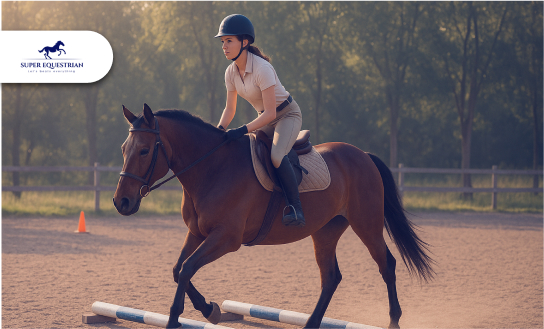
Jumping Basics: How to Prepare ...
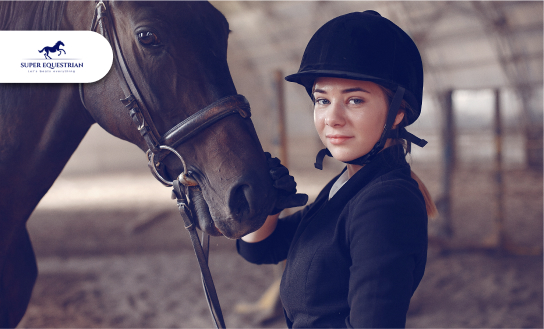
Essential Horse Riding Gear for ...

How to Balance Work, Life, ...

How to Balance Work, Life, ...
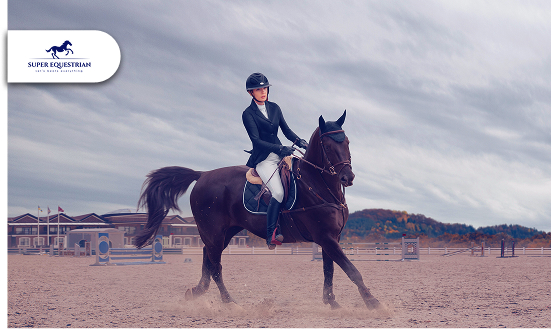
Top 5 Exercises to Improve ...
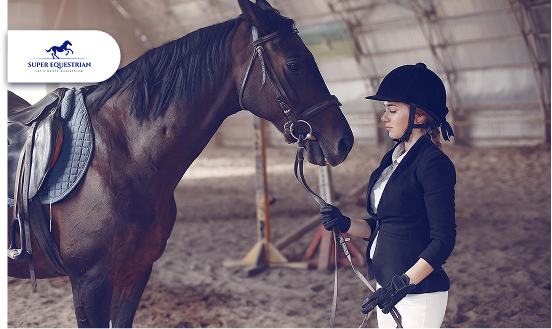
How to Build Confidence as ...
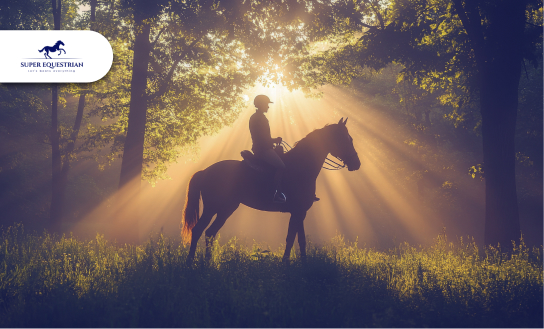
Spotlight on Equestrian Legends: Riders ...
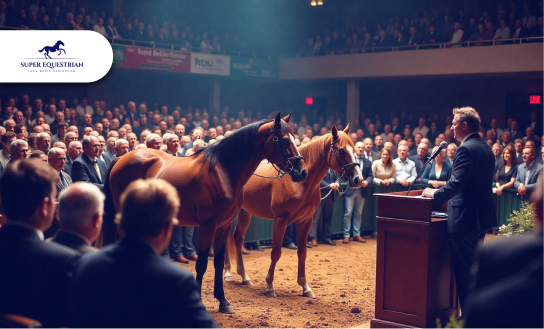
Horse Auctions and Sales...

Top Horse Friendly Travel Destinations ...

How to Build Stronger Bonds ...

Upcoming Horse Shows and Competitions ...

MIPS Equestrian Helmet The Future ...
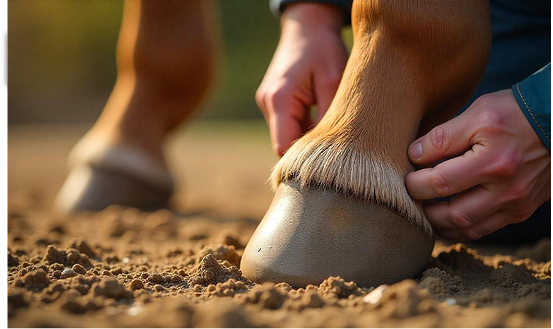
How to Recognize and Treat ...
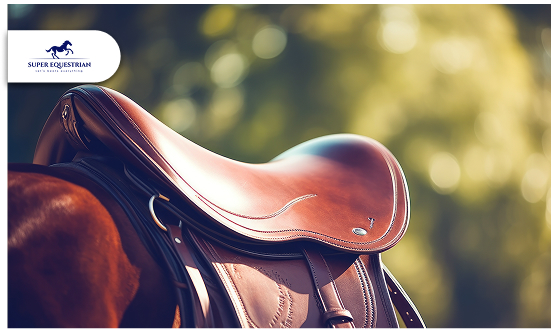
How to Choose the Perfect ...
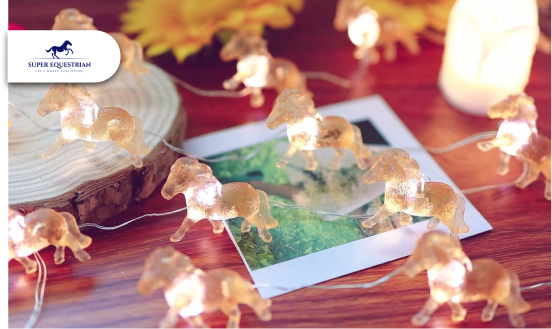
Horse-Themed Gifts Unique Ideas ...
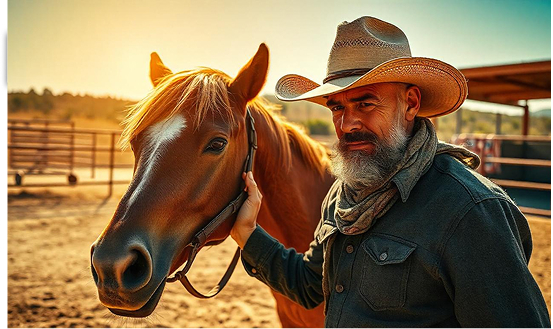
Horse Training Techniques: Creating A ...
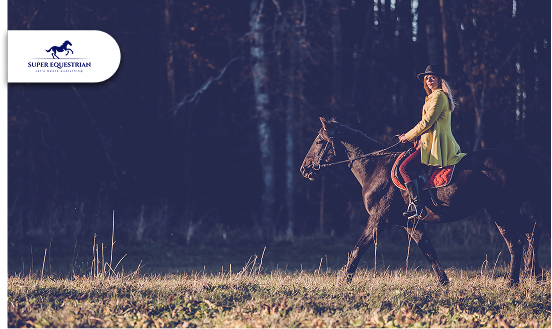
Horseback Riding Lessons – Everything You ...
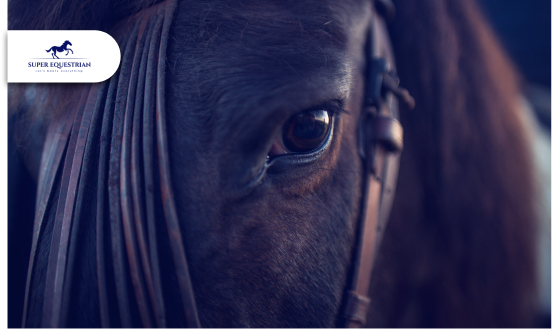
Horse Photography Tips: Learn the ...
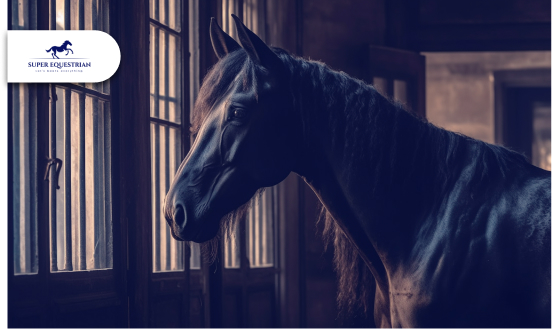
Horse Stable Management: The Quiet ...
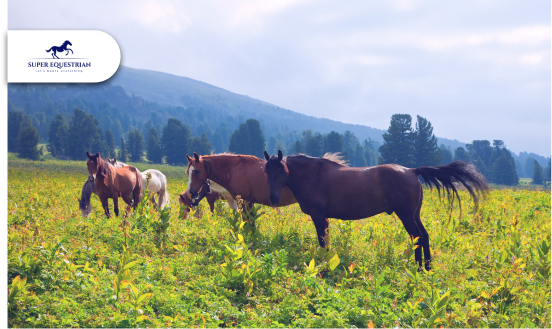
Horse Rescue Organizations: A Profound ...
Horse Racing Events A Look ...
Best Horse Manure Fork Six ...
What Are The Rarest Horses ...
What Does It Mean When ...
Horse Insurance Providers This Is ...

Horse Behaviour and Psychology: Learn ...

How Much Does a Horse ...
.jpg)
Best Monoflap Saddles For Your ...
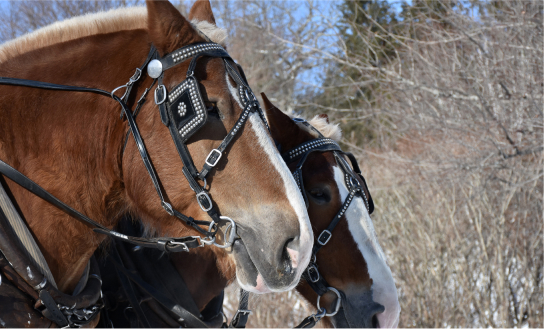
Best Hackamore For Barrel Racing...
.jpg)
Best Barrel Racing Reins Top ...
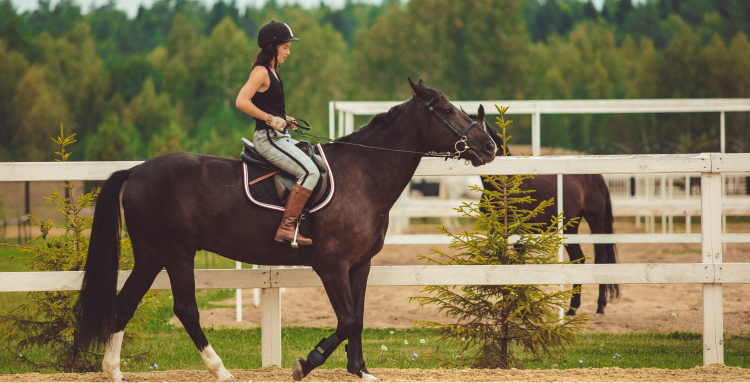
Horse Anatomy And Physiology: Facts ...
.jpg)
Best Stirrups For Ankle Pain - ...
.jpg)
Horse Care Tips and Tricks: ...
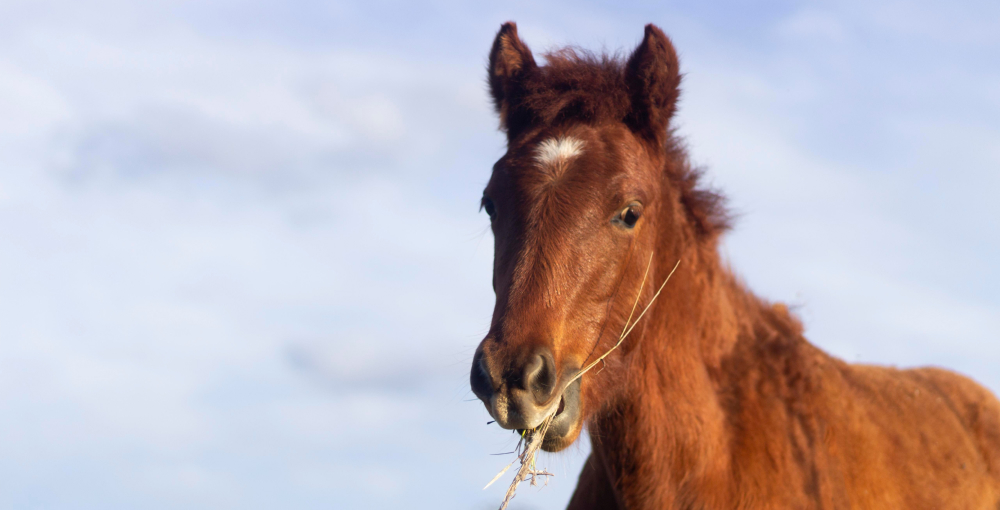
What Do Wild Horses Eat- ...
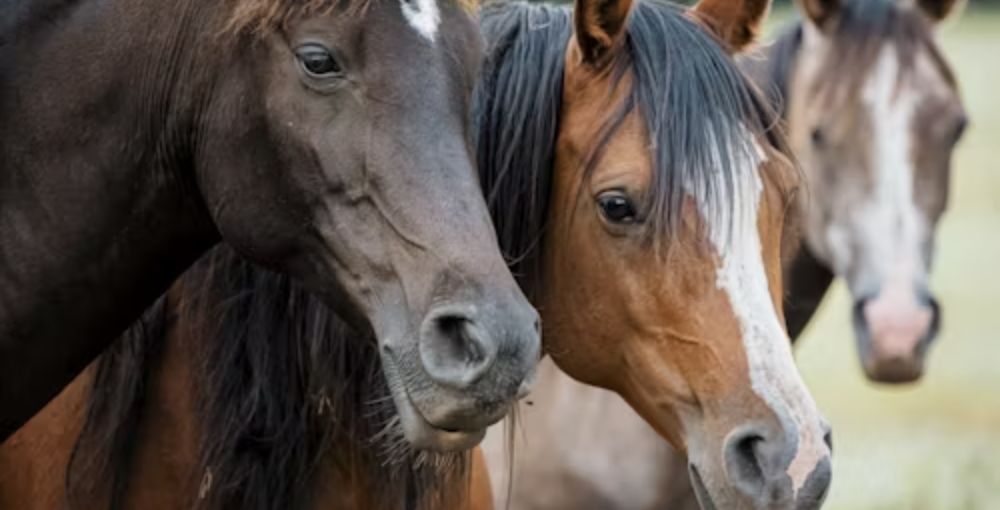
Horse Breeds and Characteristics: How ...
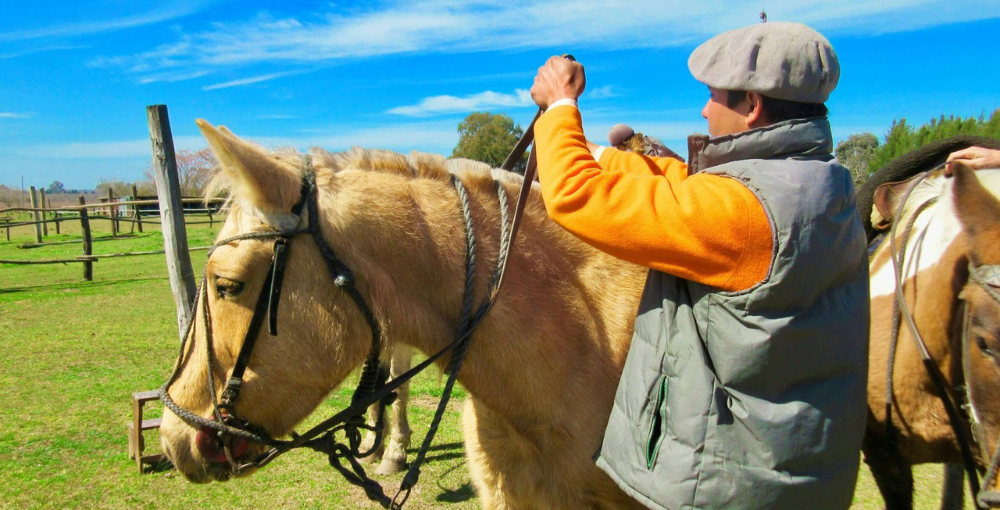
Best Barrel Racing Reins - Top ...

Horse Breeds and Characteristics: How ...
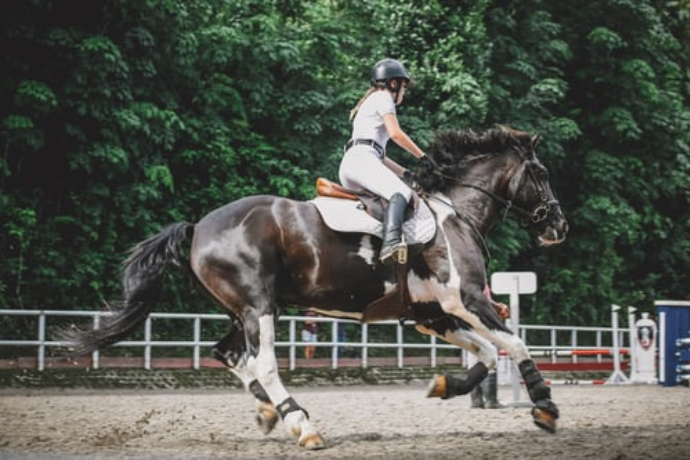
Best Breeches For Curvy Riders...
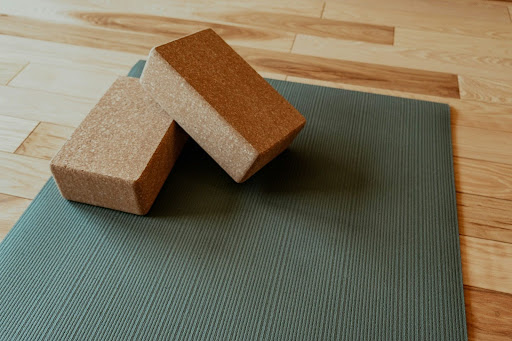
Best Stall Mats For Horses - ...

Best Horse Brushes ( A Thread ...

Best Saddle Rack ( Keep Your ...

Best Bit For Training a ...
.jpg)
10 Morgan Horse Show Held ...
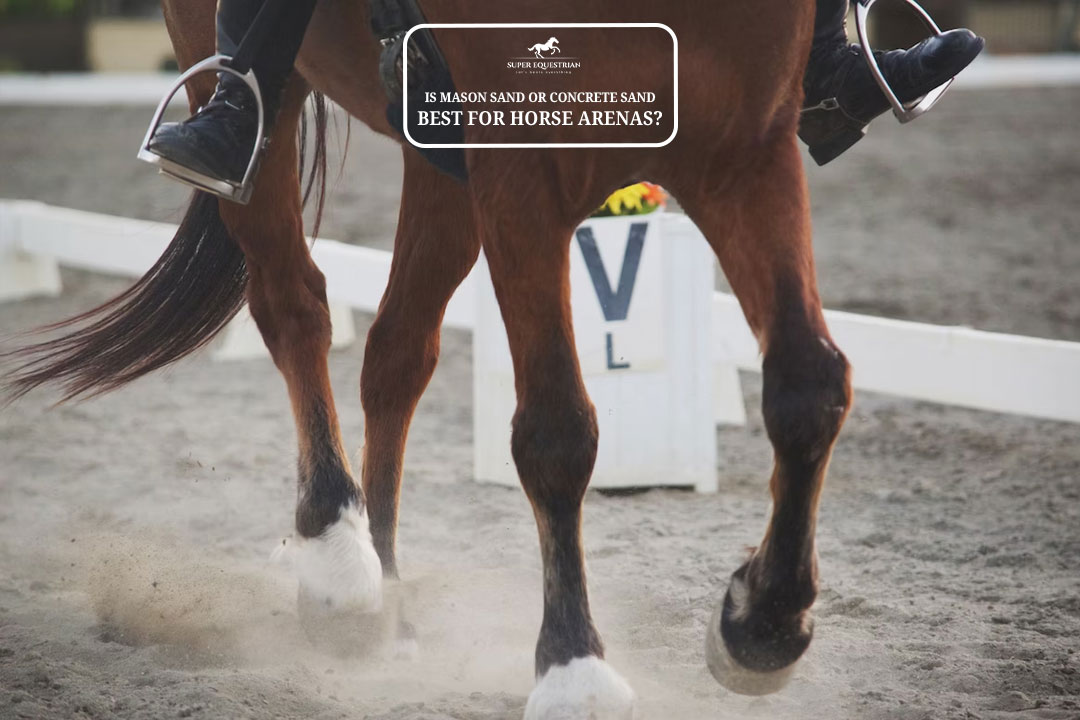
Is Mason Sand Or Concrete ...
.jpg)
Best Girth For Your Horse ...
.jpg)
Ranch Cutter vs Cowhorse Saddle? ...
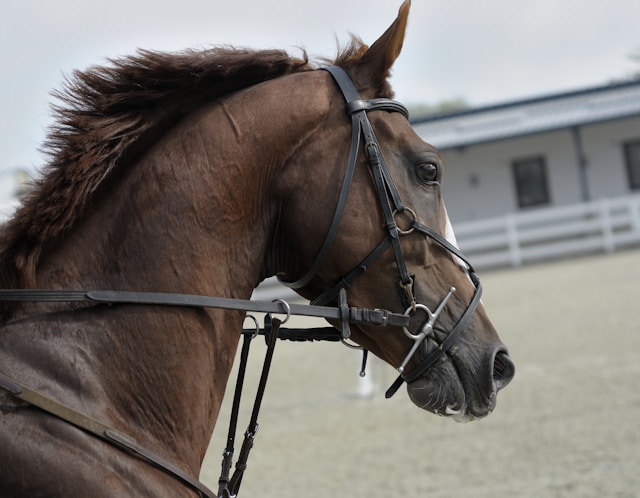
Types of Horse Bit and ...
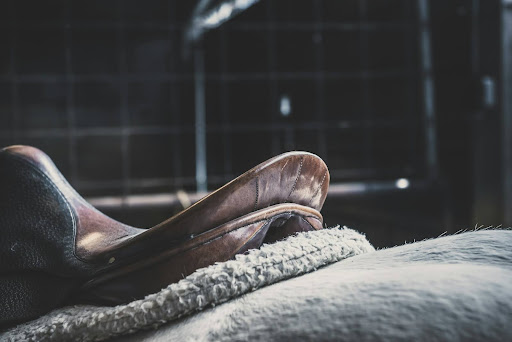
Is Hilason a Good Saddle ...
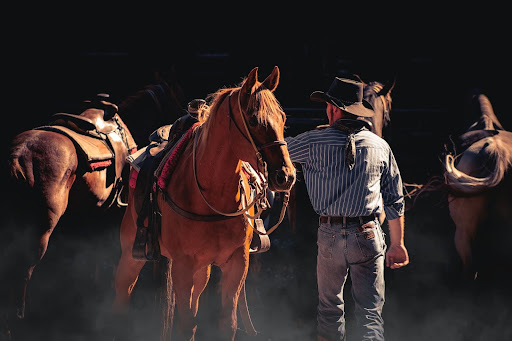
How to choose a bit ...
.jpg)
Best Salt Blocks For Horses...
.jpg)
Types of Horse Brushes (Equine ...
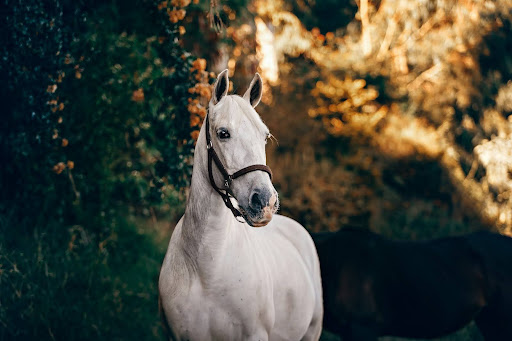
How To Get a Horse ...
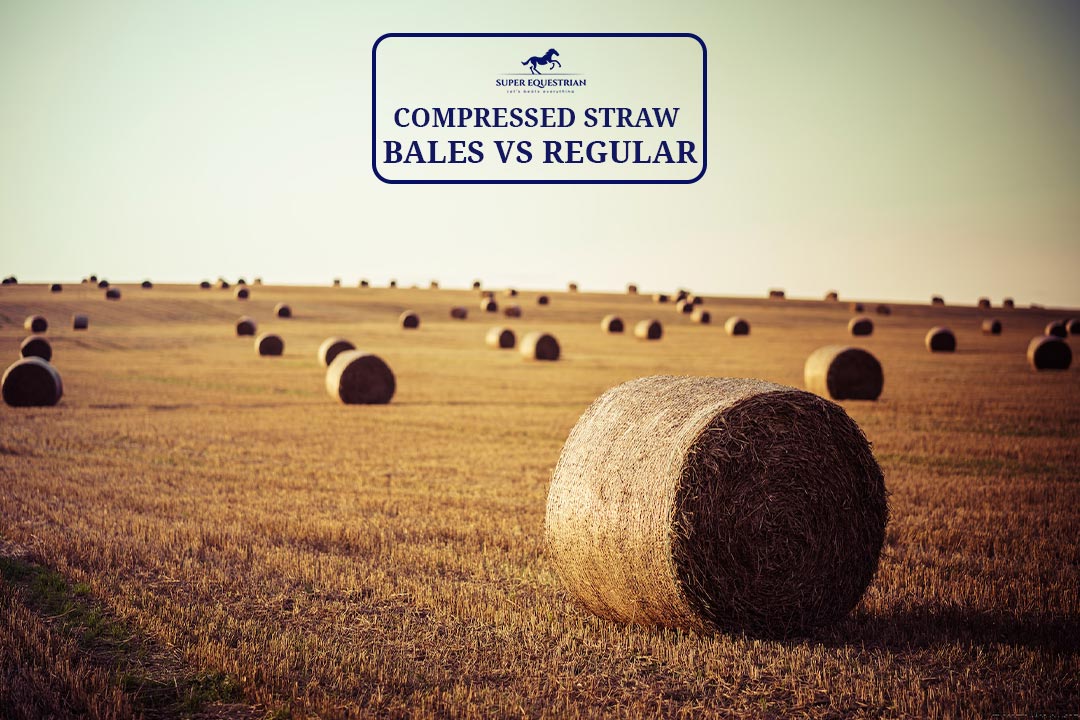
Compressed Straw Bales Vs Regular? ...
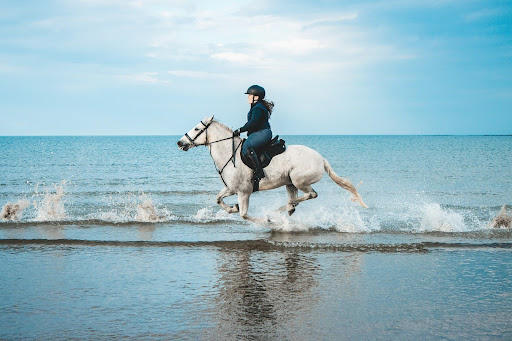
Horse Riding Lessons For Intermediate ...
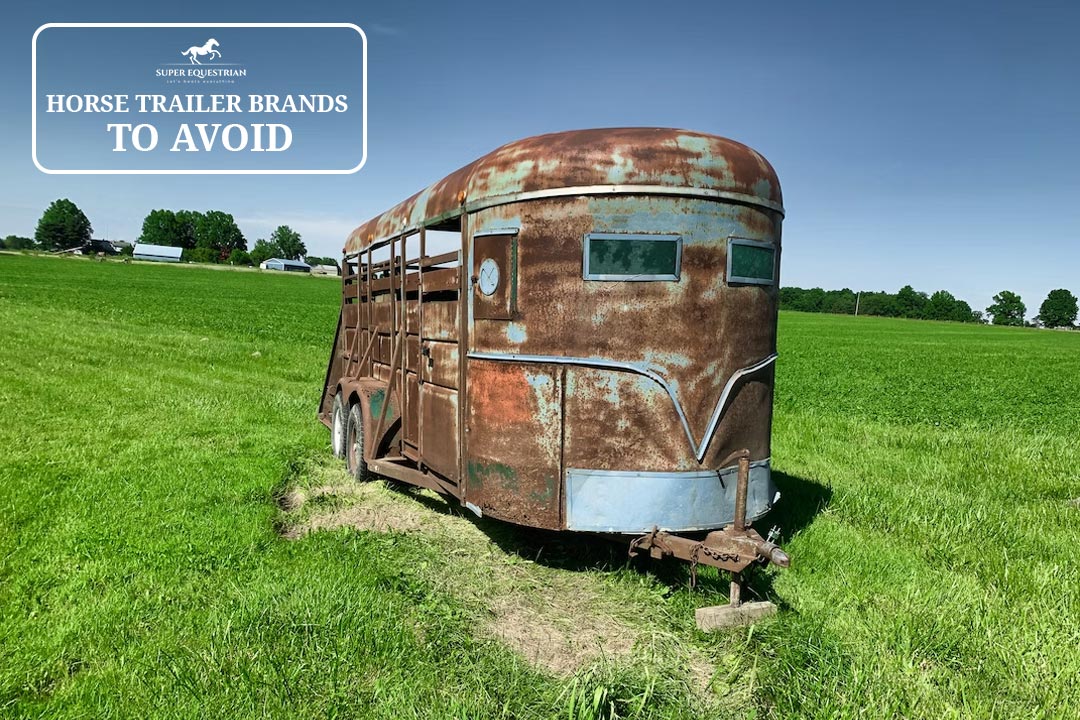
Horse Trailer Brands To Avoid...

Strawberry Roan vs Red Roan? ...
.jpg)
Gelding vs Stallion...
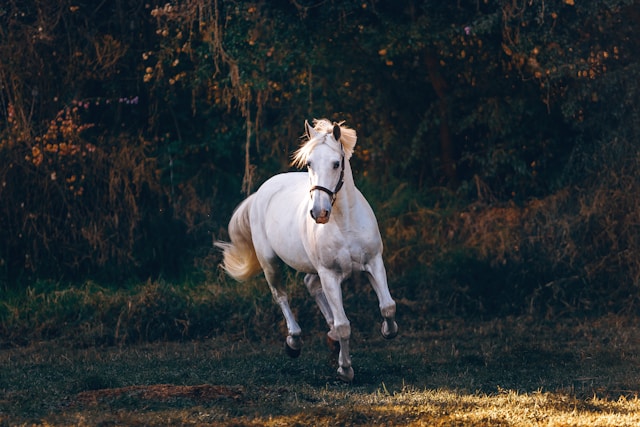
Why Does a Horse Whinny? ...

How to Clean a Rusty ...
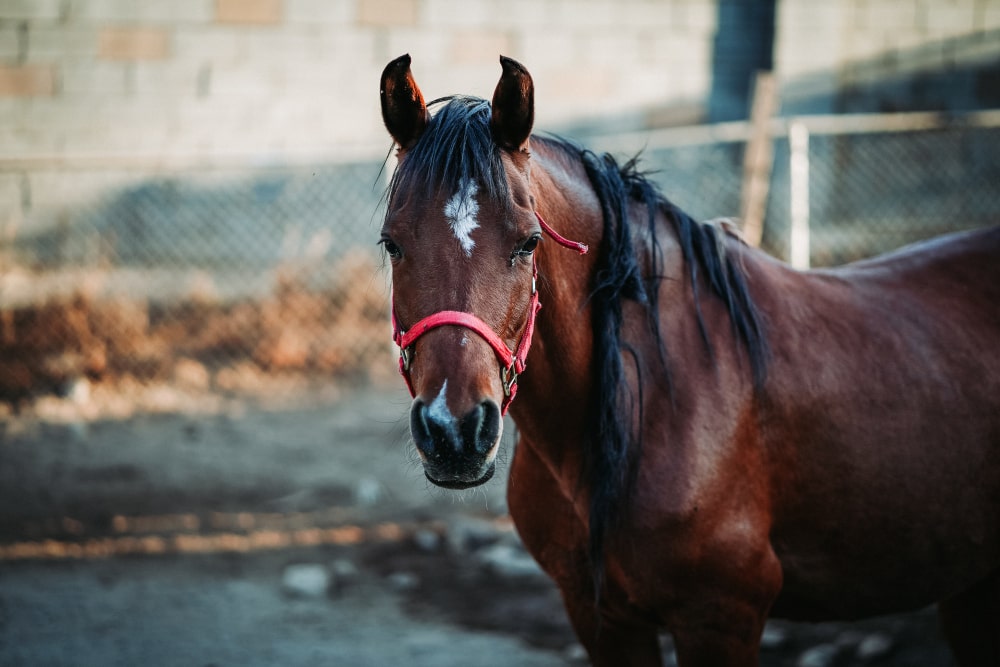
Why Do Horses Foam at ...
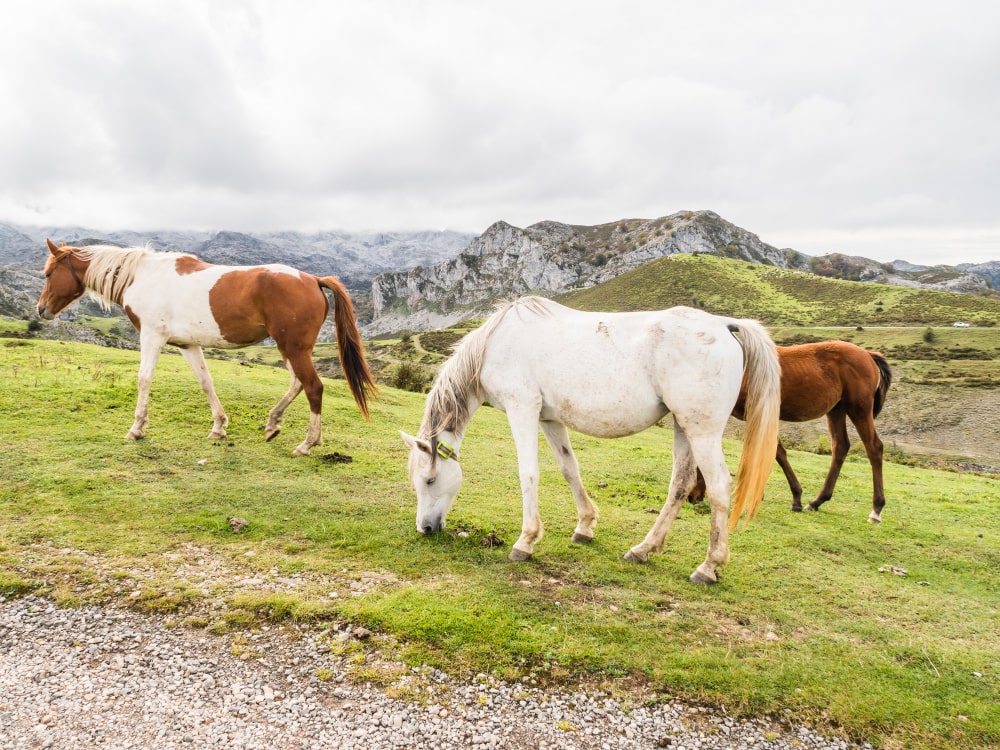
Why Do Horses Bob Their ...

Nutrition Unveiled: Triple Crown Senior ...
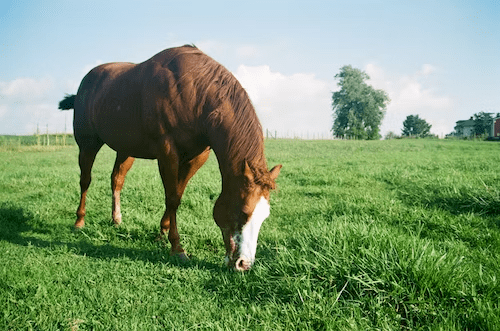
Pasture Pro Vs. Grazon: Horse-...
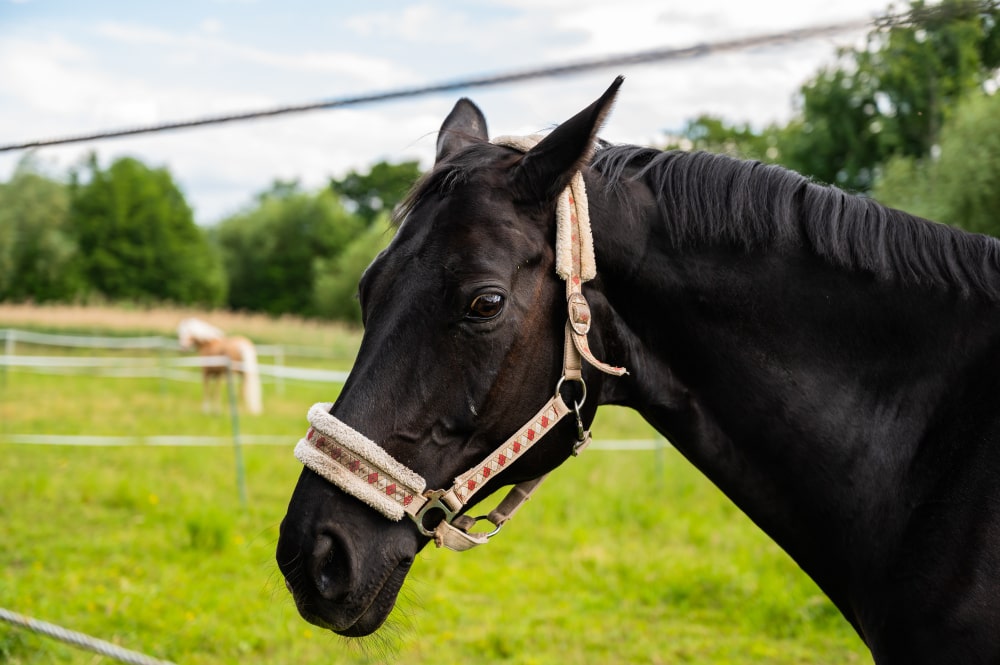
Dutch Gag Vs. Pelham: Bits ...
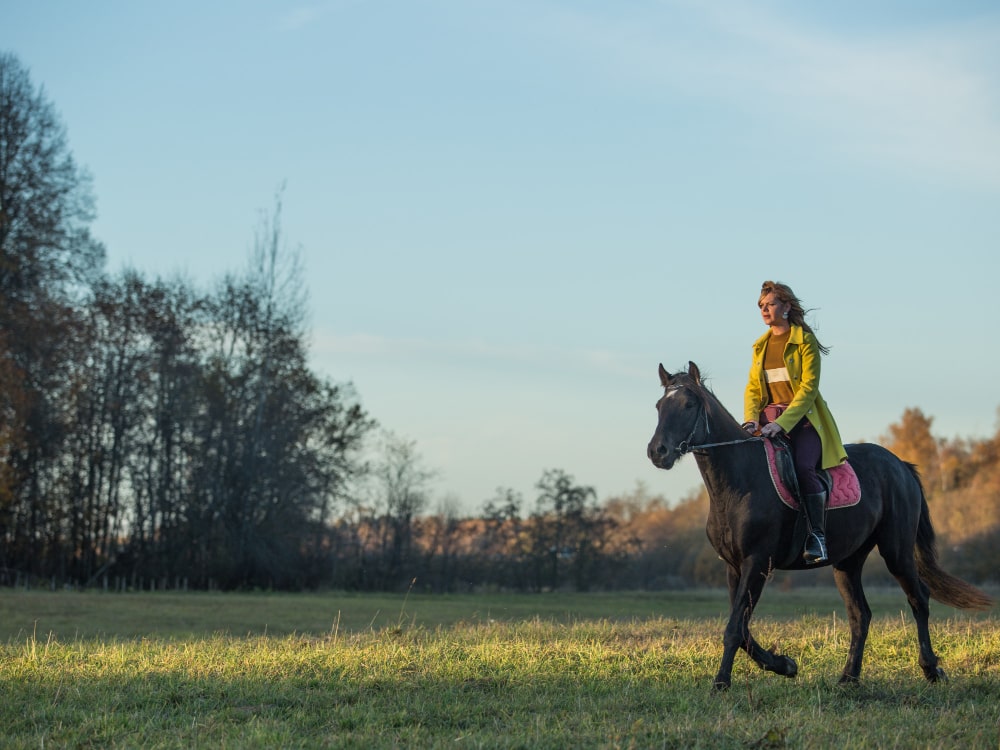
Walking Horse vs Racking Horse: ...
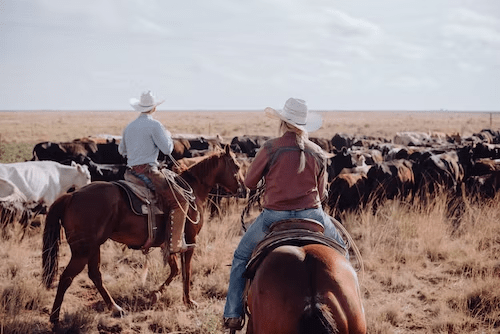
Wade vs Association Saddle: Your ...
.jpg)
Step Up vs Ramp Horse ...

Bosal vs Hackamore: A Head-...
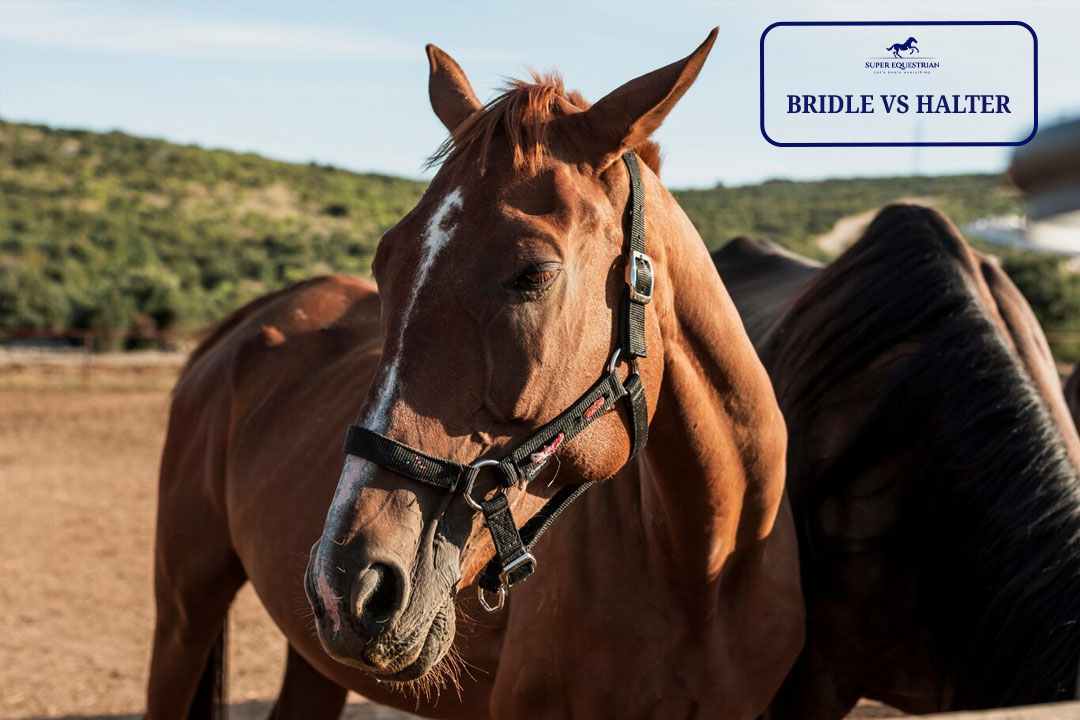
Bridle Vs Halter: Which One ...

Paddock Boots Vs Riding Boots: ...

Shadow Horse Trailer Problems: Causes, ...
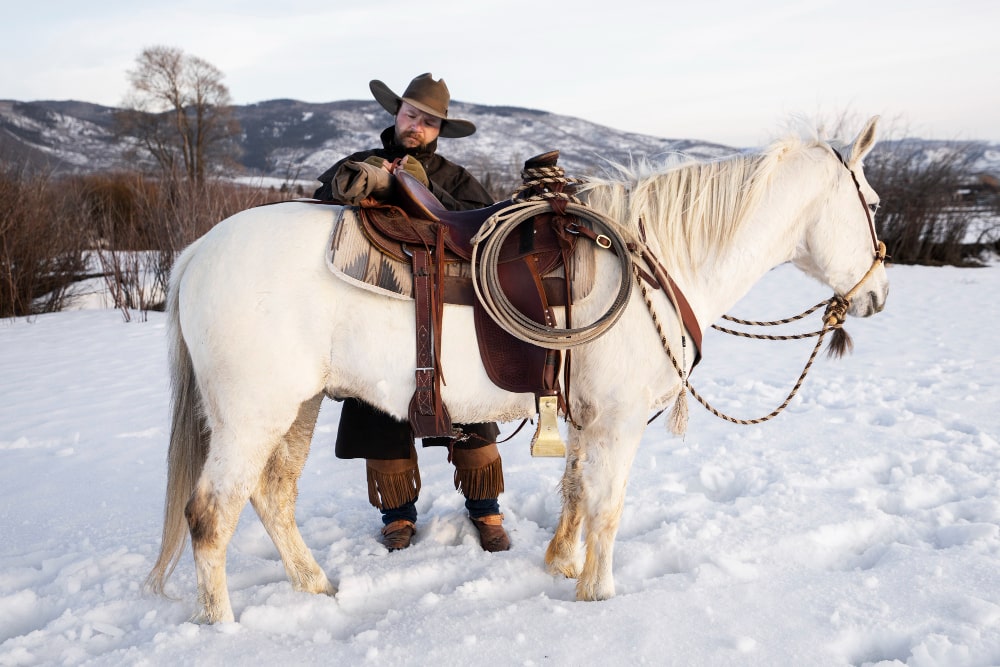
Are Billy Cook Saddles Good - ...

Let's Start at the ...
Benefits of Beet Pulp for ...
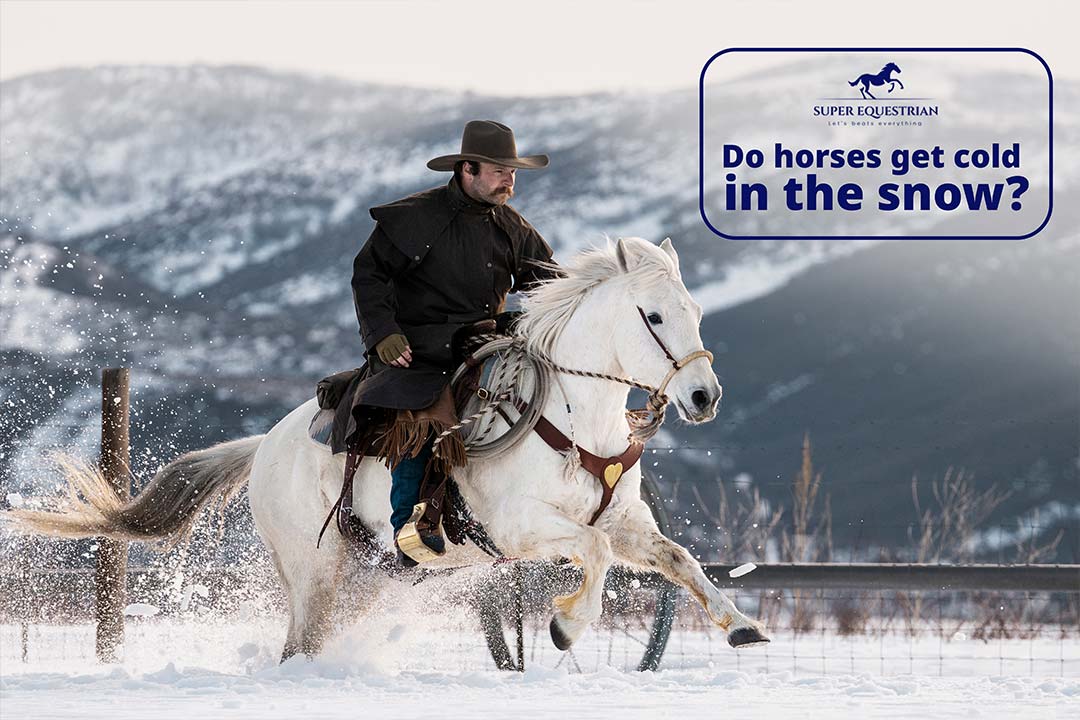
Do horses get cold in ...
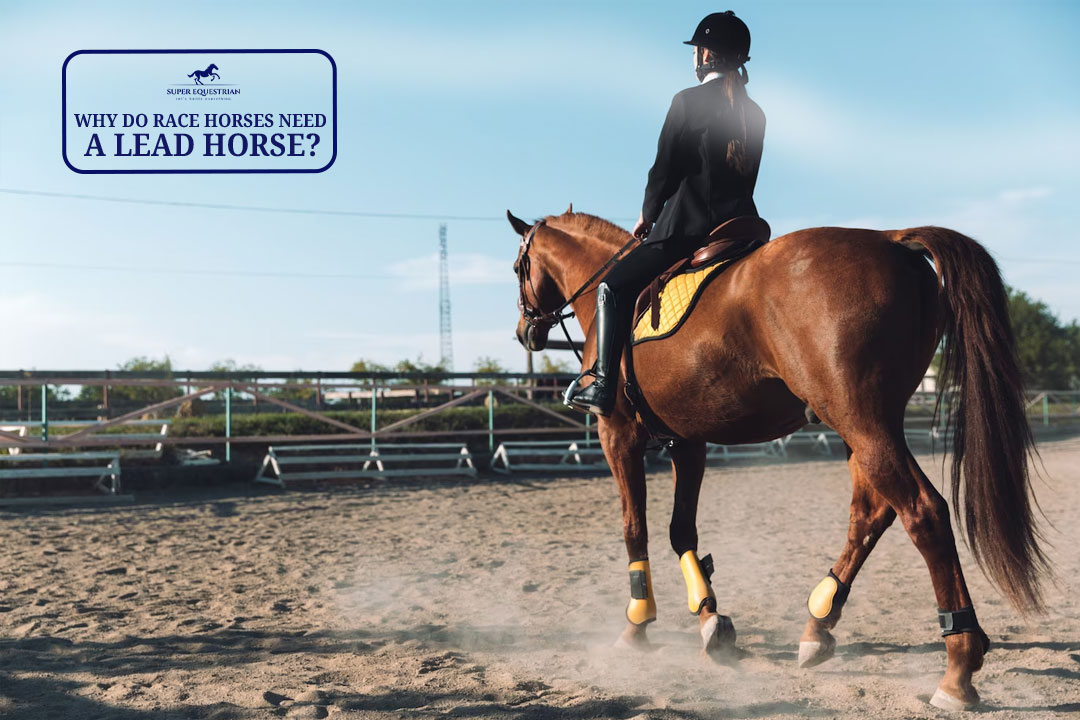
Why Do Race Horses Need ...
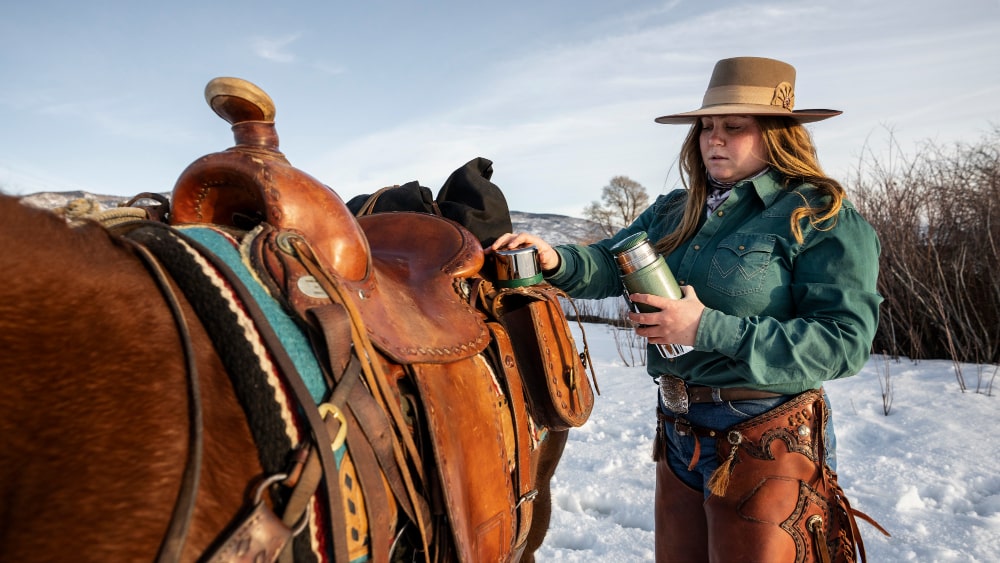
Ranch Saddle vs. Roping Saddle: ...

Round Pen vs Square Pen ...

Must Have Horse Trailer Accessories: ...
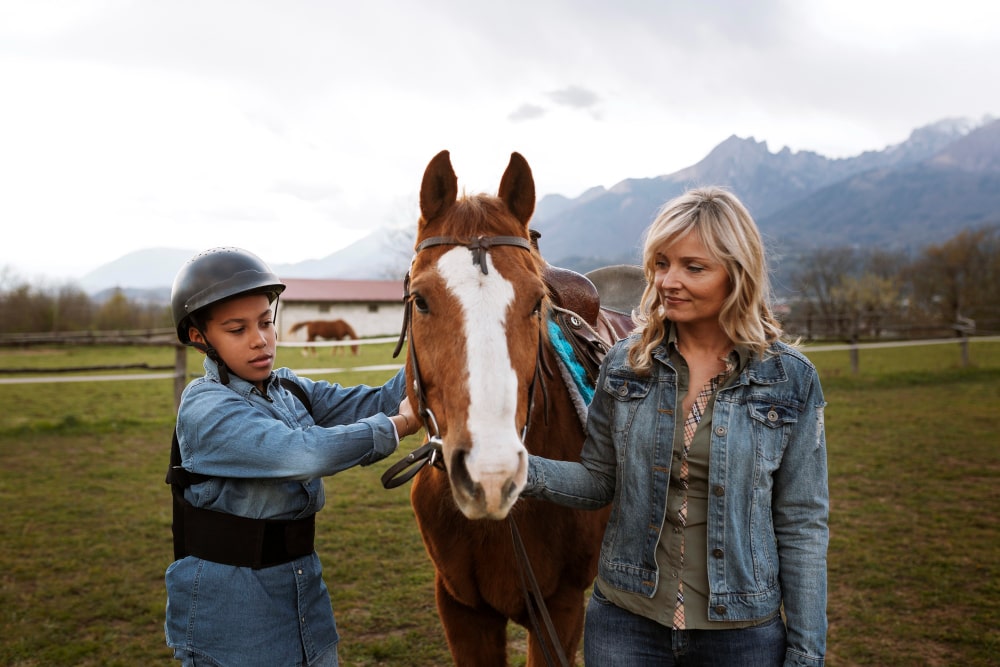
Is MIPS Worth for Equestrian?...
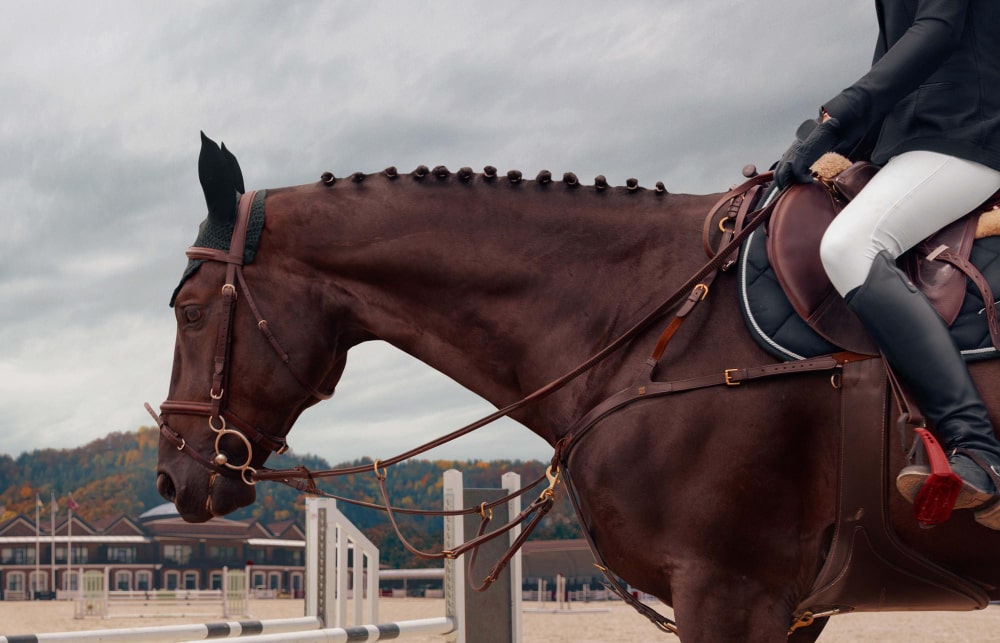
Natural Horsemanship vs Positive Reinforcement: ...

How to Mount a Horse ...
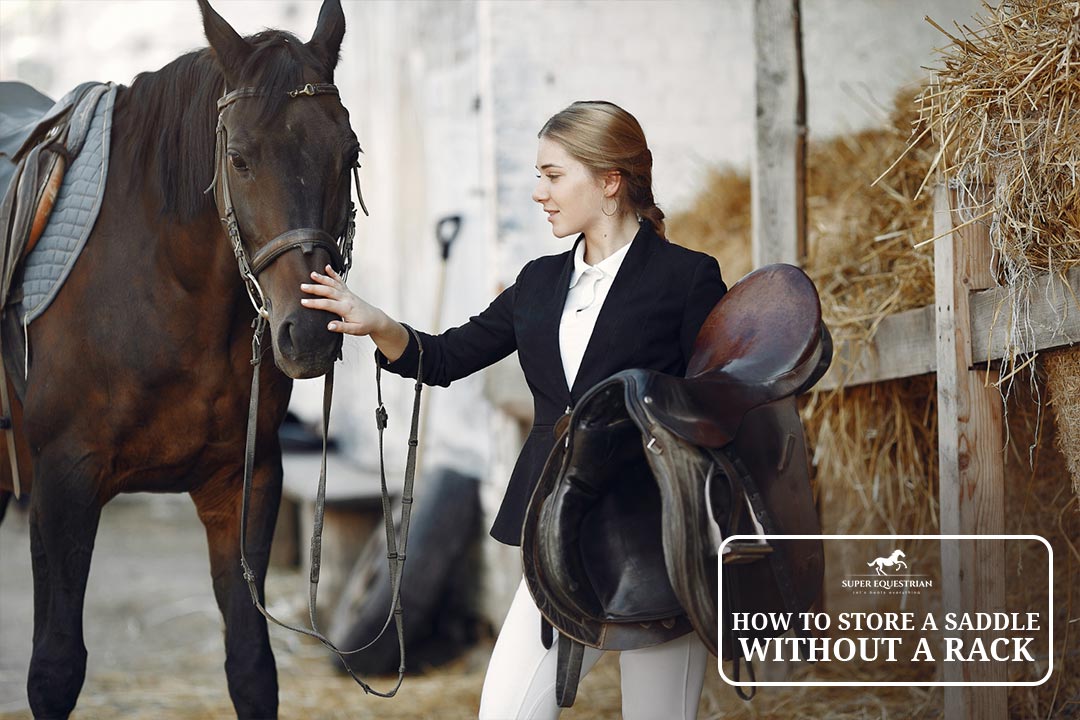
How to Store a Saddle ...
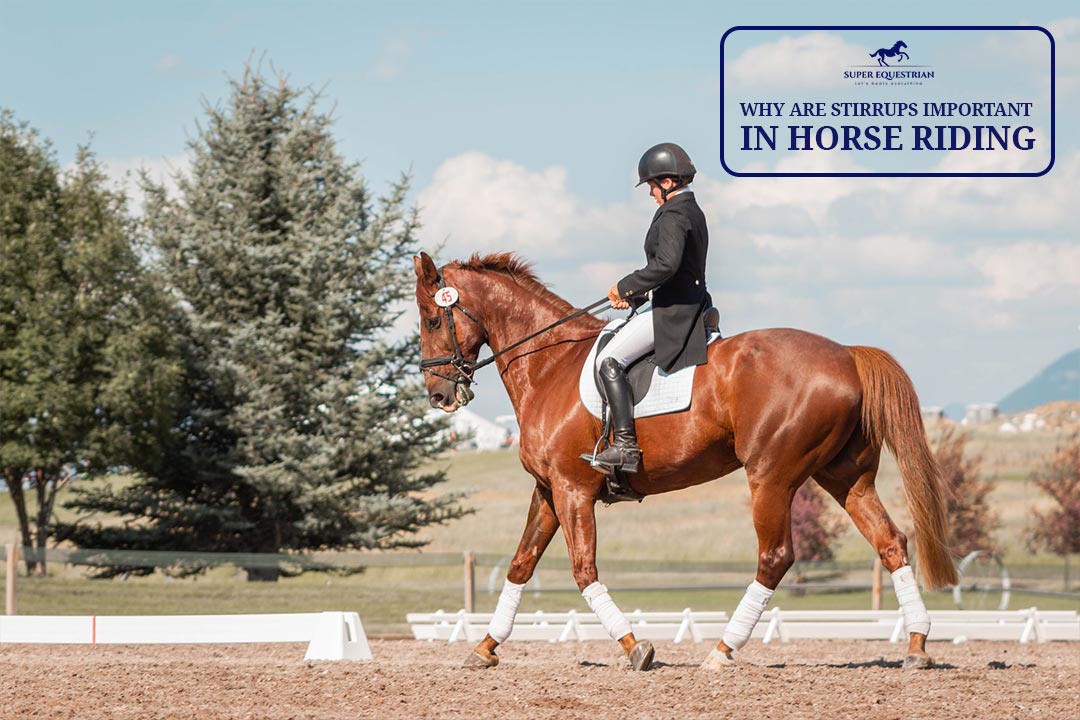
Why are Stirrups Important in ...
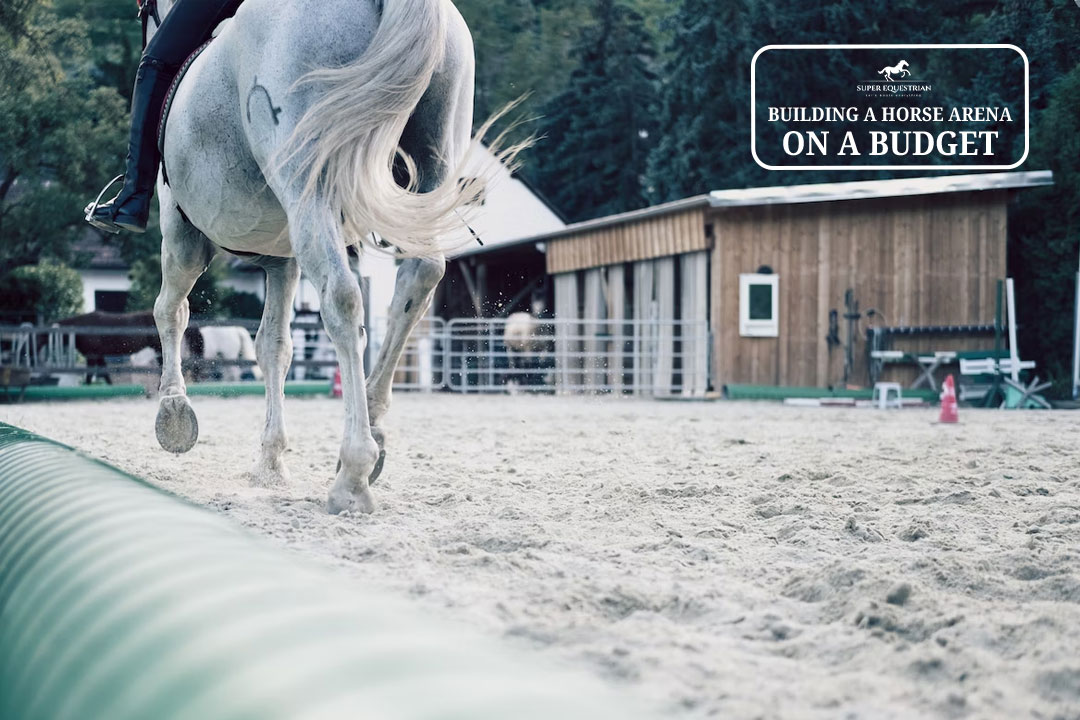
Building a Horse Arena on ...

How to Make Horse Treats ...

Order of Grooming a Horse...

Horse Riding Lessons Plan: The ...

Horse Trailer Roof Replacement and ...
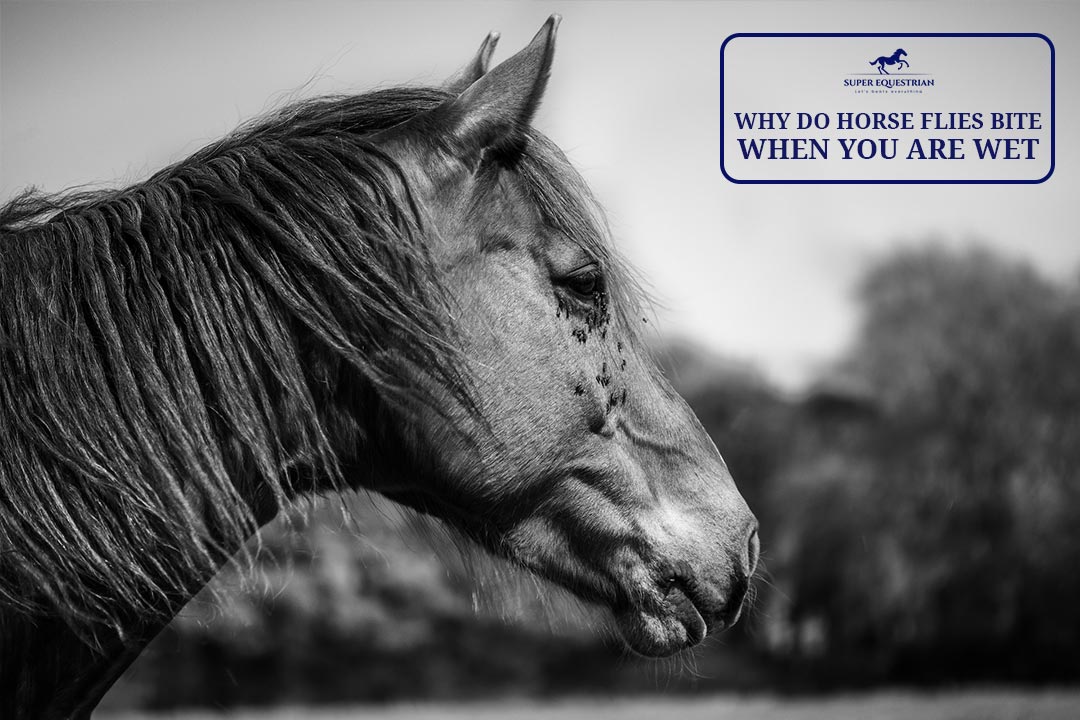
Why Do Horse Flies Bite ...
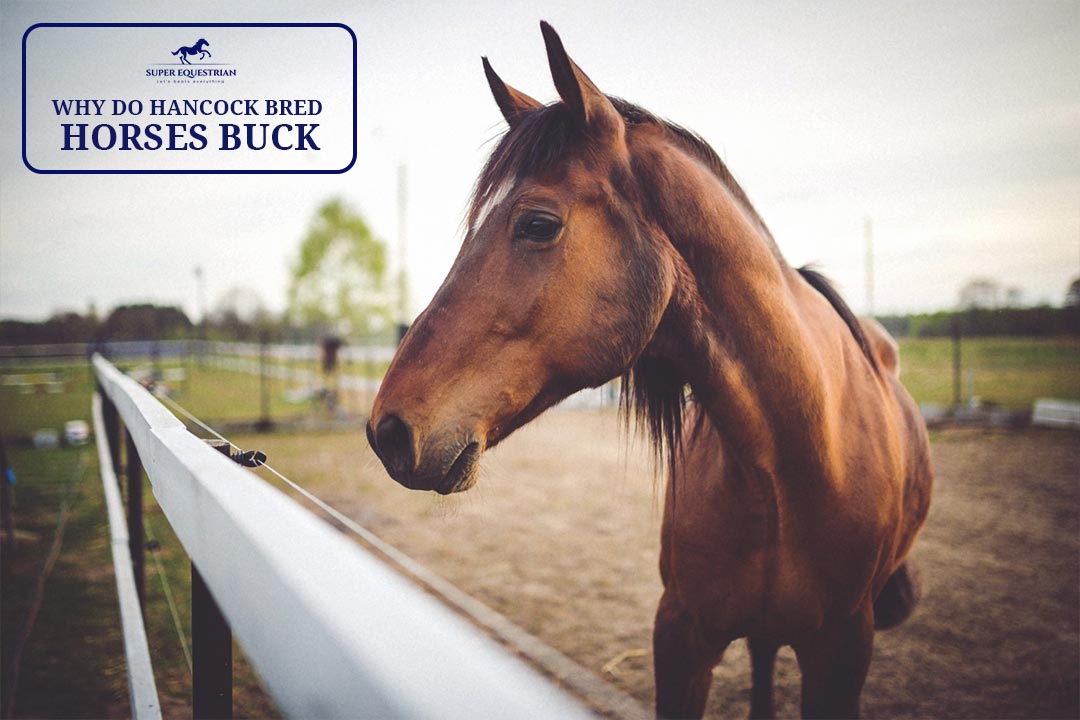
Why Do Hancock Bred Horses ...

Quarter Horse Bloodlines to Avoid...
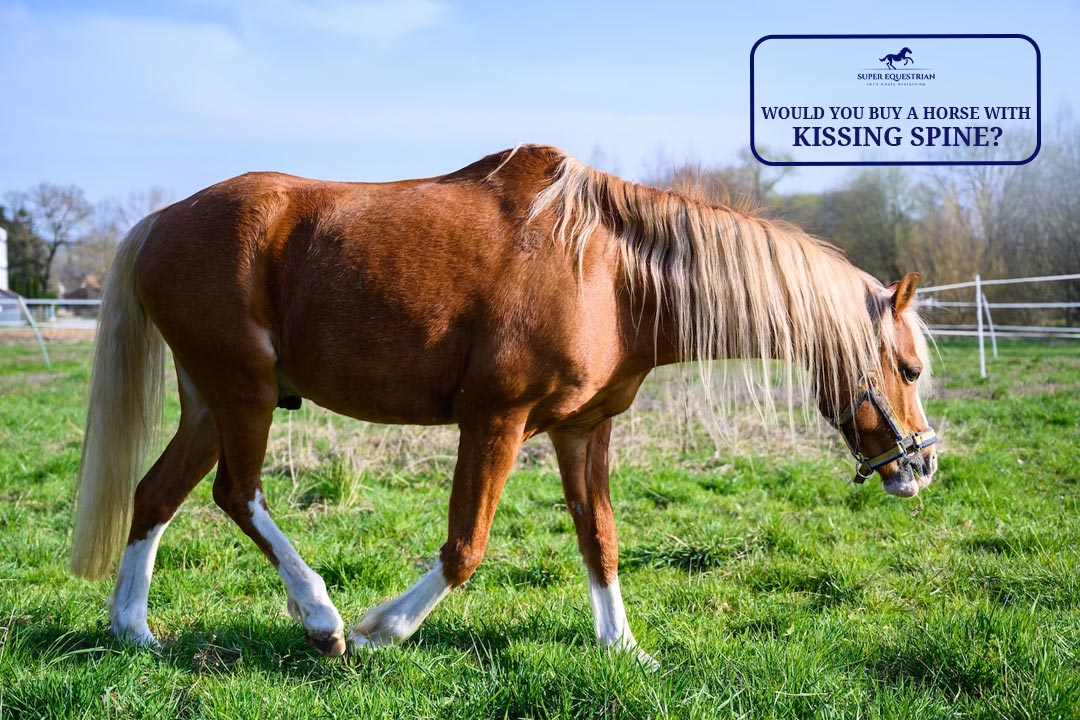
Would You Buy a Horse ...
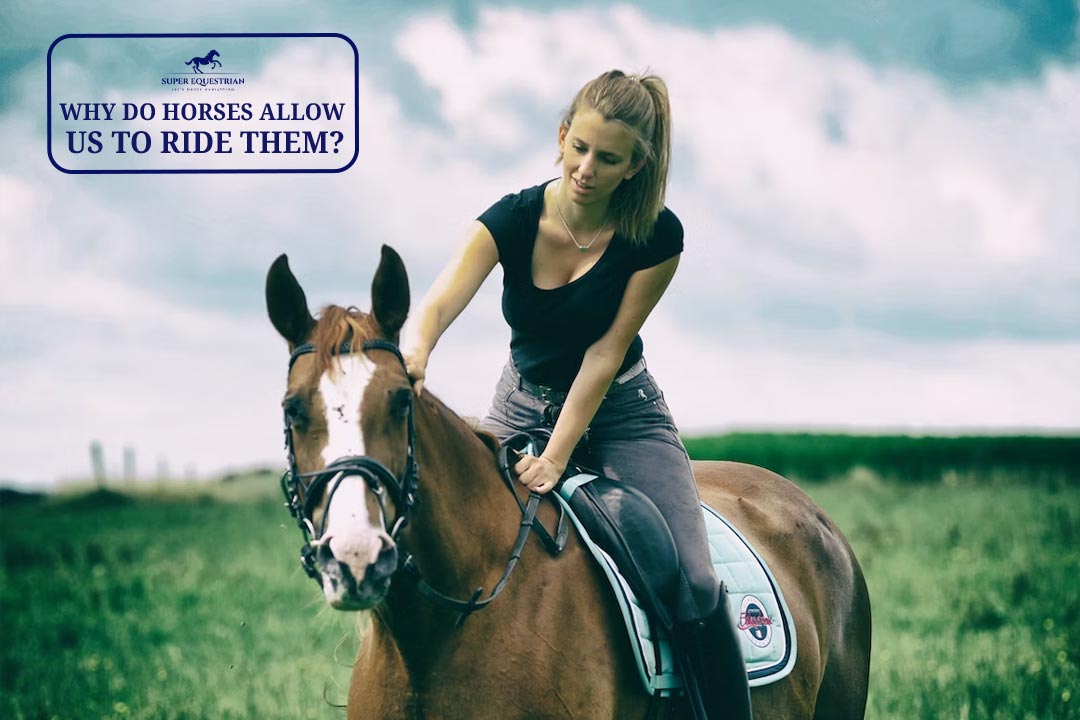
Why Do Horses Allow Us ...

Would you buy a horse ...

Why Are Klapper Bits So ...
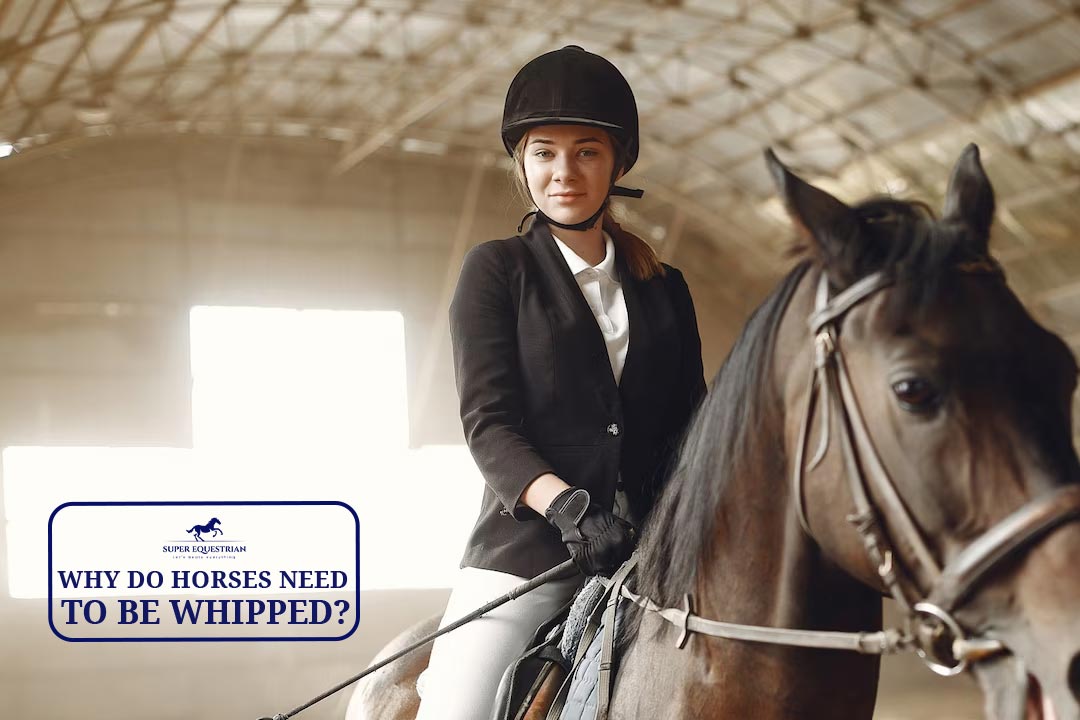
Why do horses need to ...

Why do you mount a ...
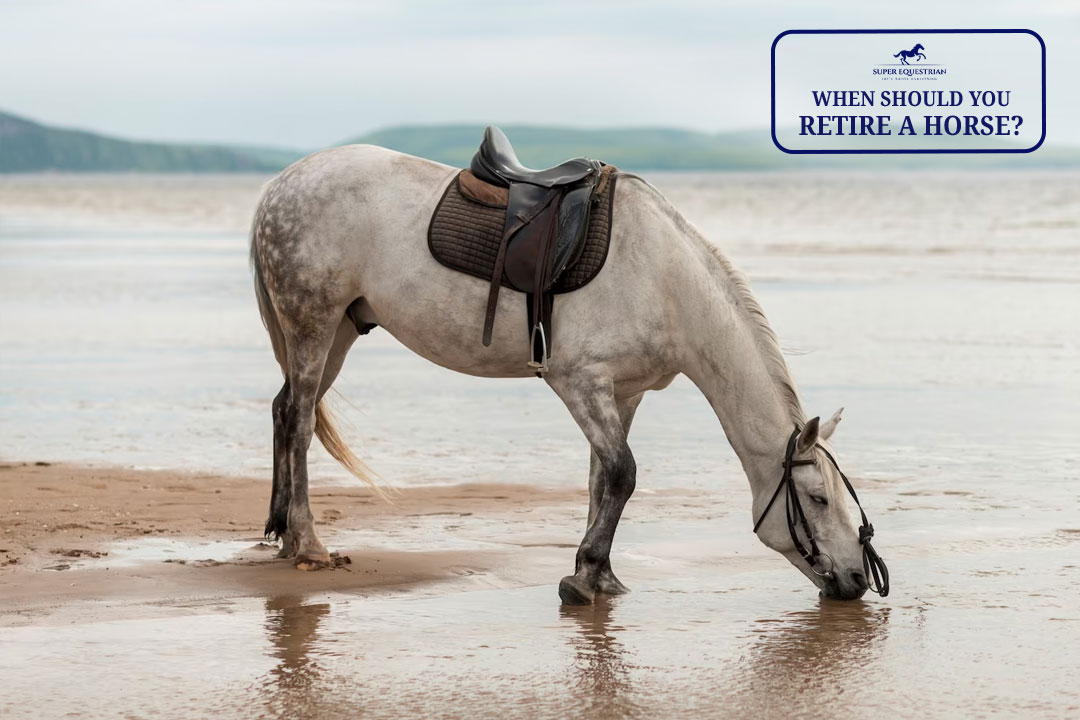
When Should You Retire A ...
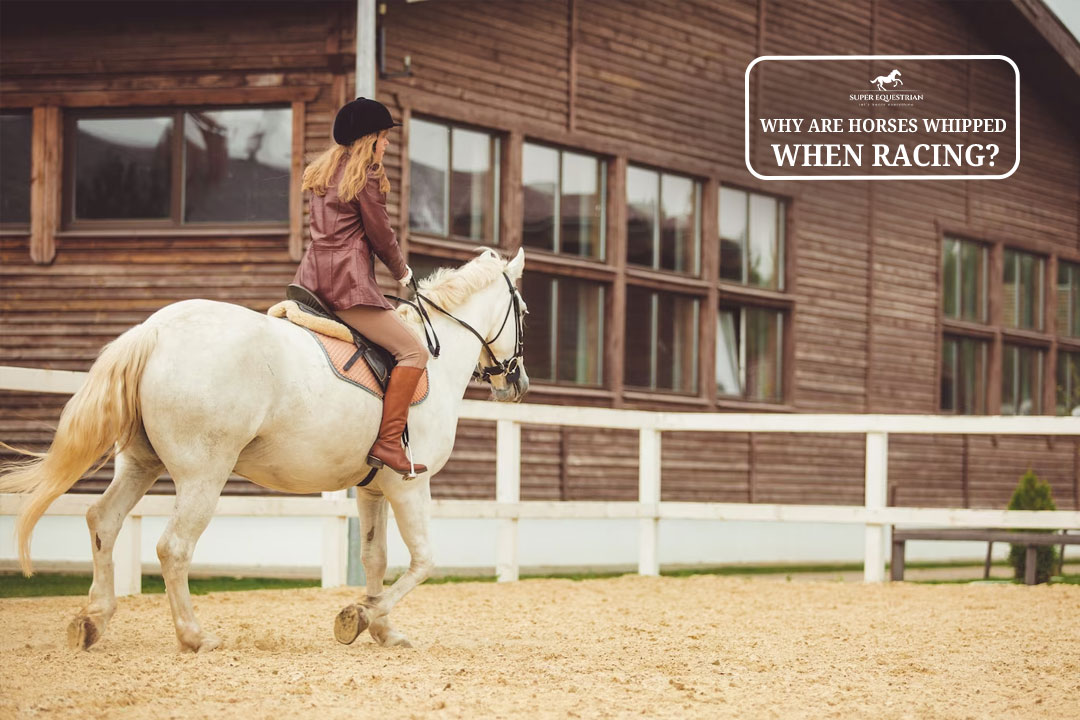
Why Are Horses Whipped When ...
.jpg)
Why Do Horses Have A ...
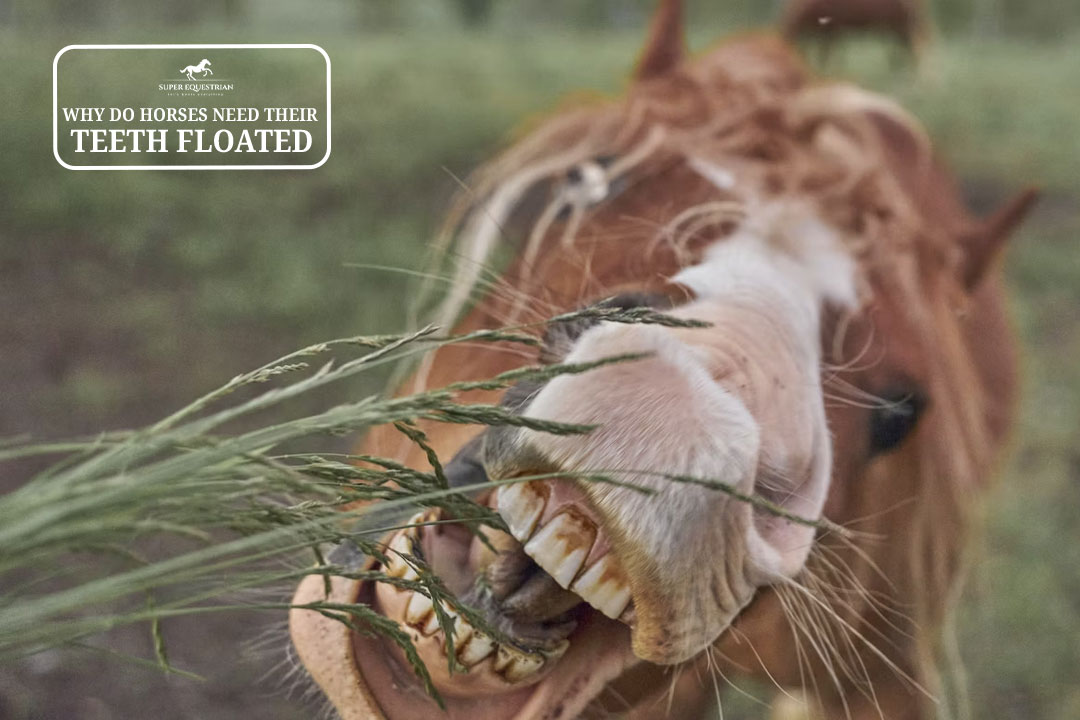
Why Do Horses Need Their ...

What To Do If Horse ...

What To Do If A ...
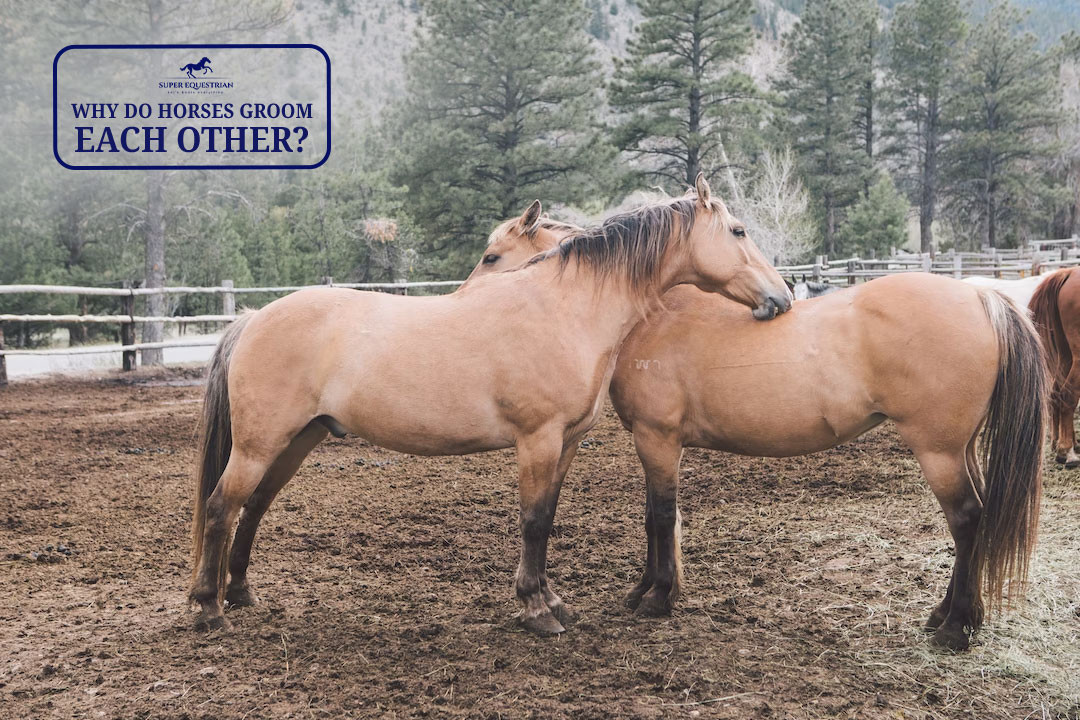
Why do horses groom each ...
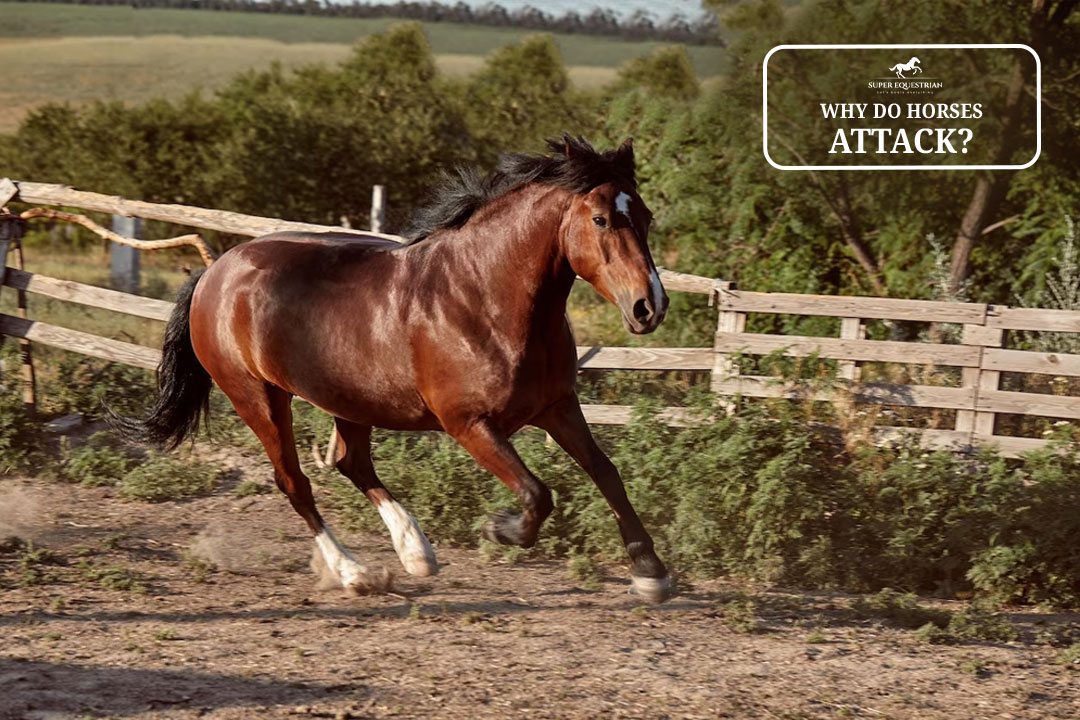
Why do horses attack...

Should I Use a Martingale ...

How to fit bell boots ...
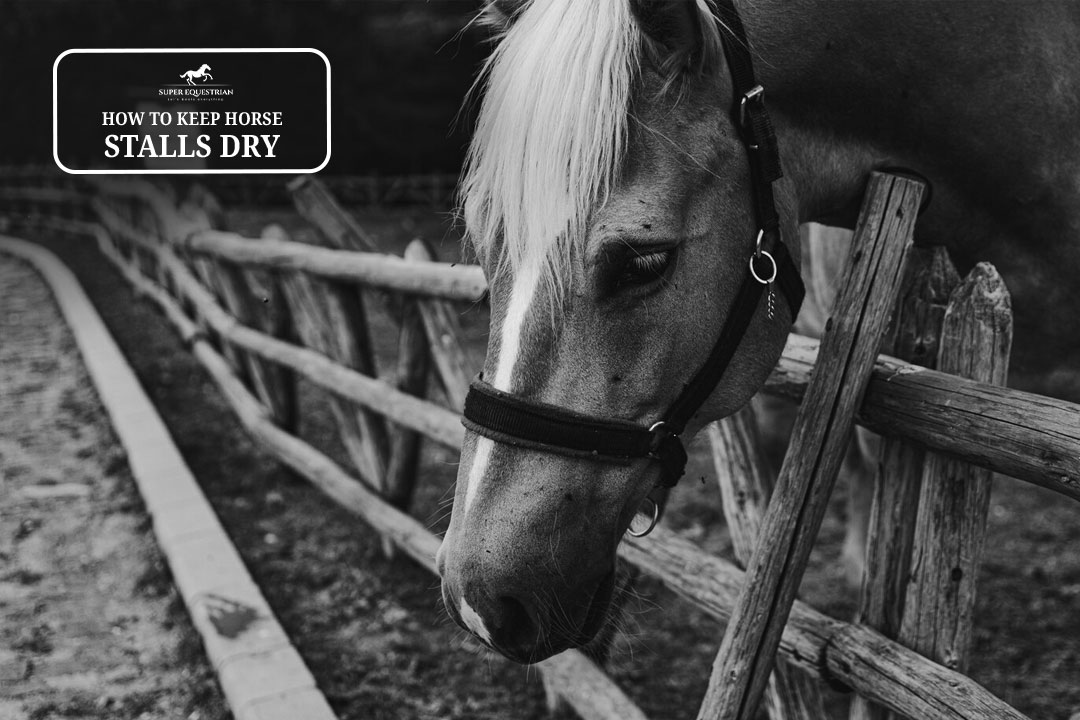
How To Keep Horse Stalls ...
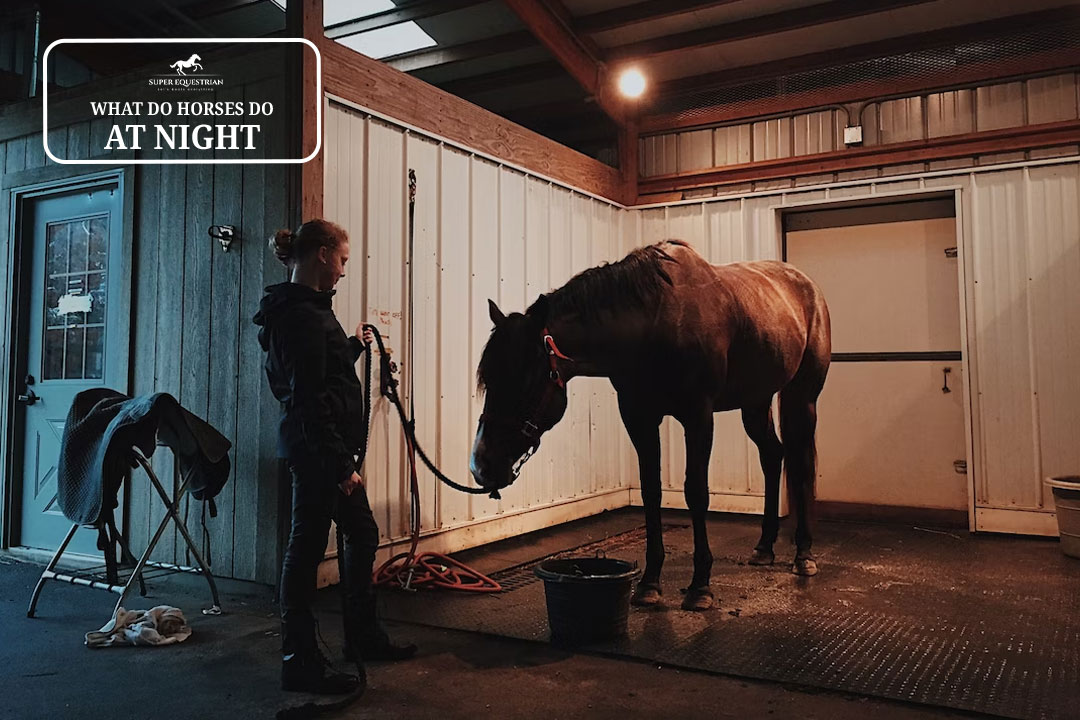
What Do Horses Do At ...
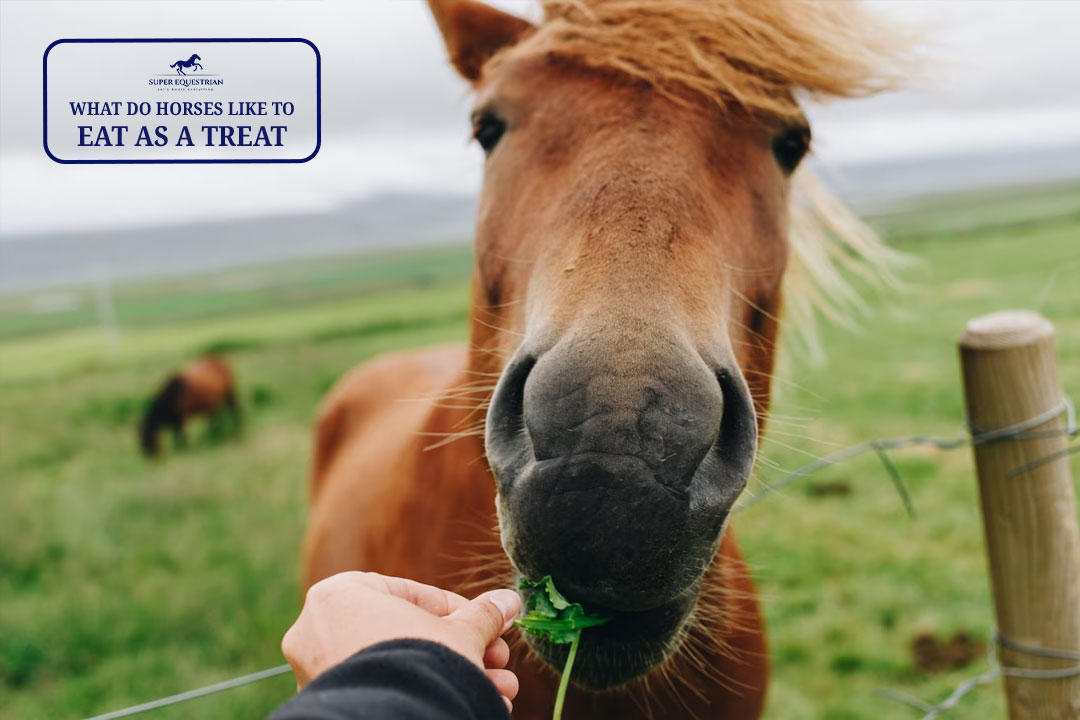
What do horses like to ...

Why do wild horses get ...
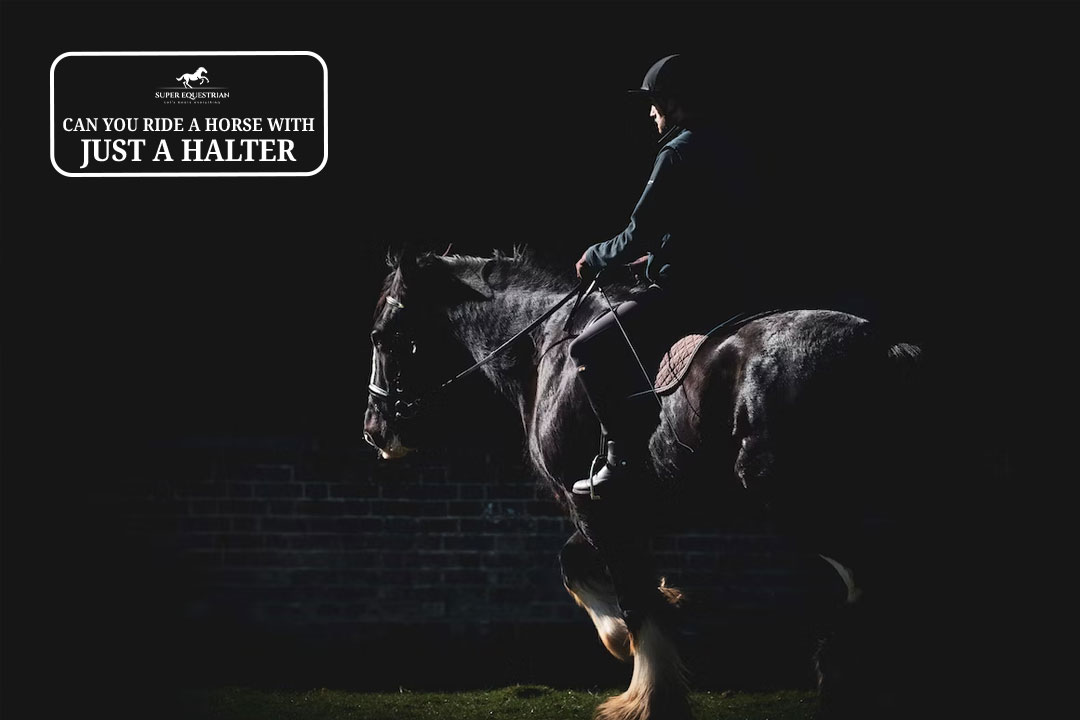
Can you ride a horse ...
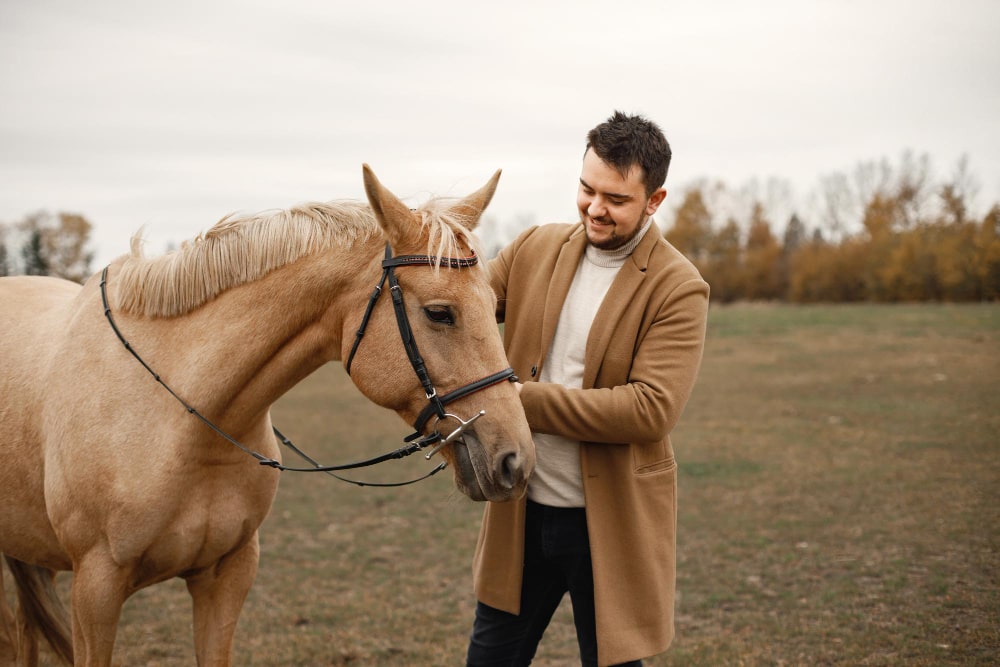
Are horses protective of their ...
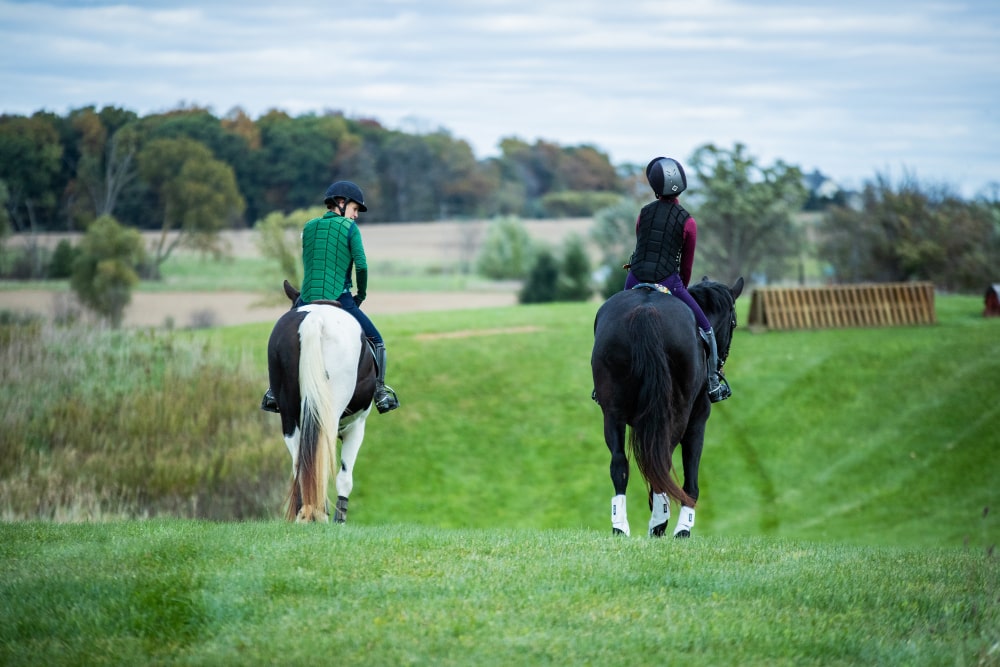
Why racking horses are popular ...
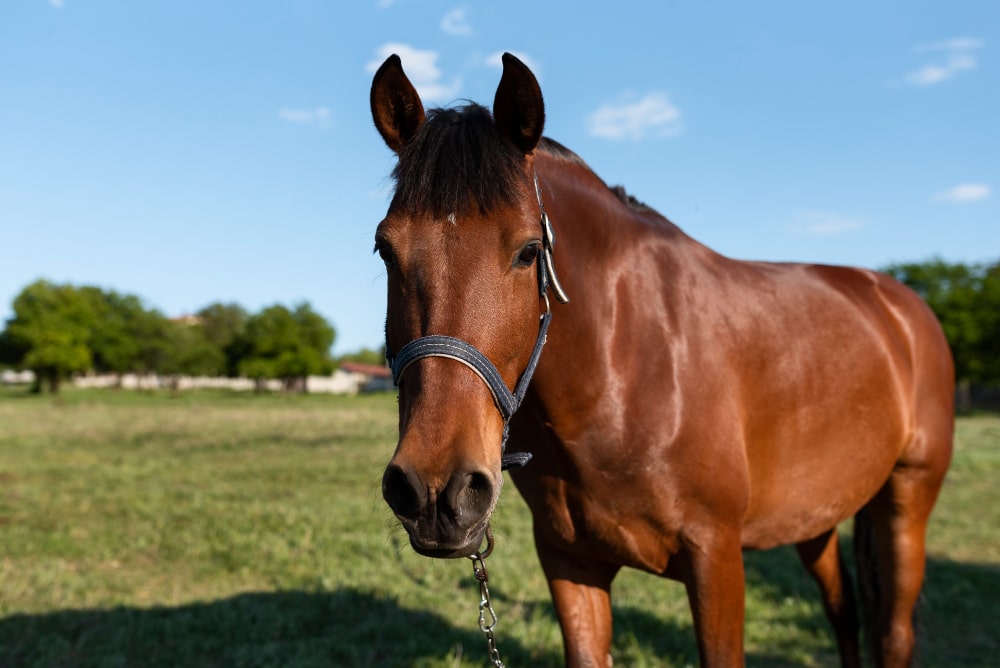
How To Keep Horses Off ...
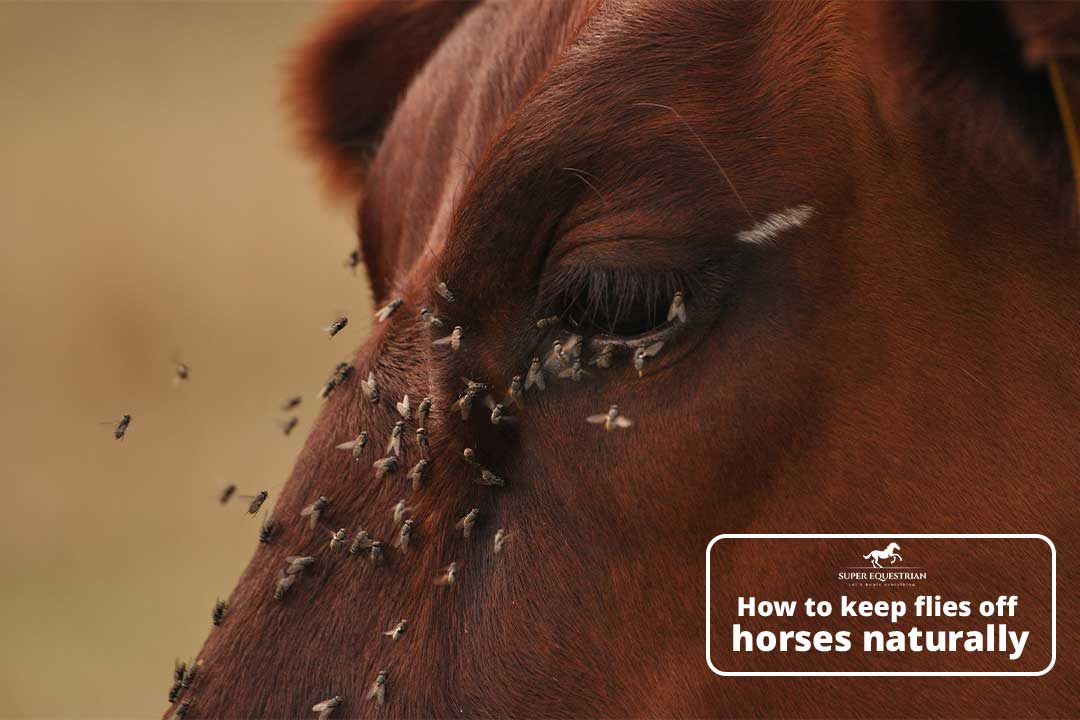
How to Keep Flies Off ...
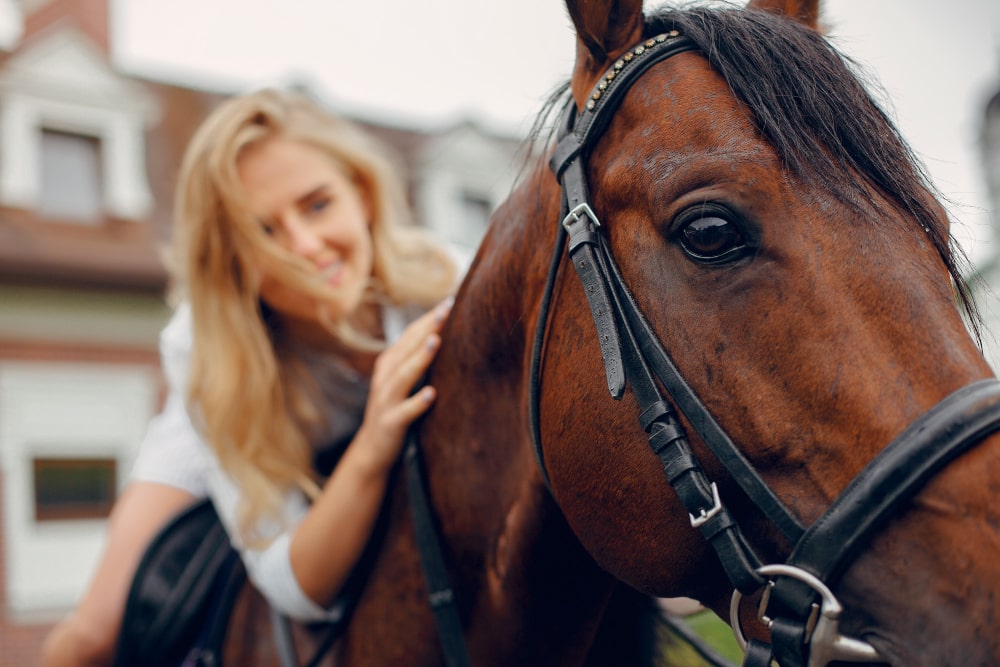
Pros and Cons Using A ...
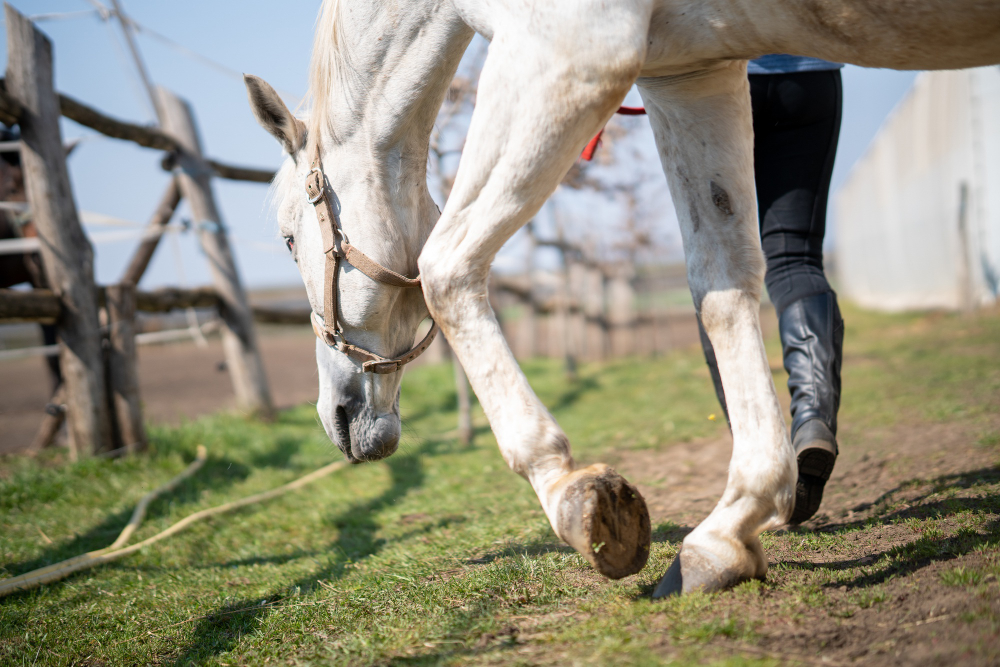
Can you ride a horse ...

Why are Corriente saddles so ...
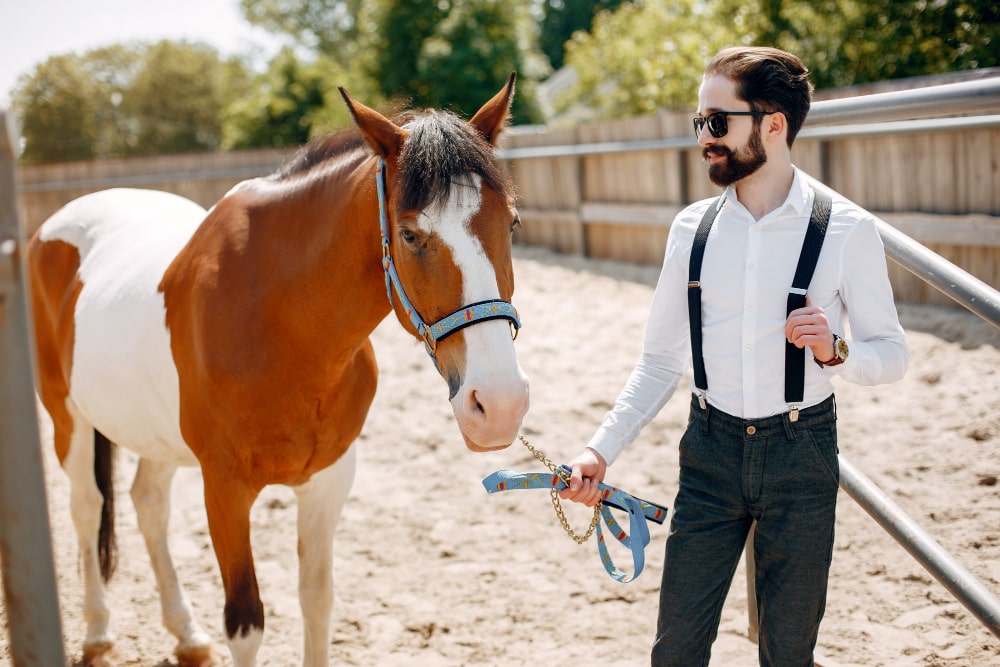
Pros and cons of equine ...
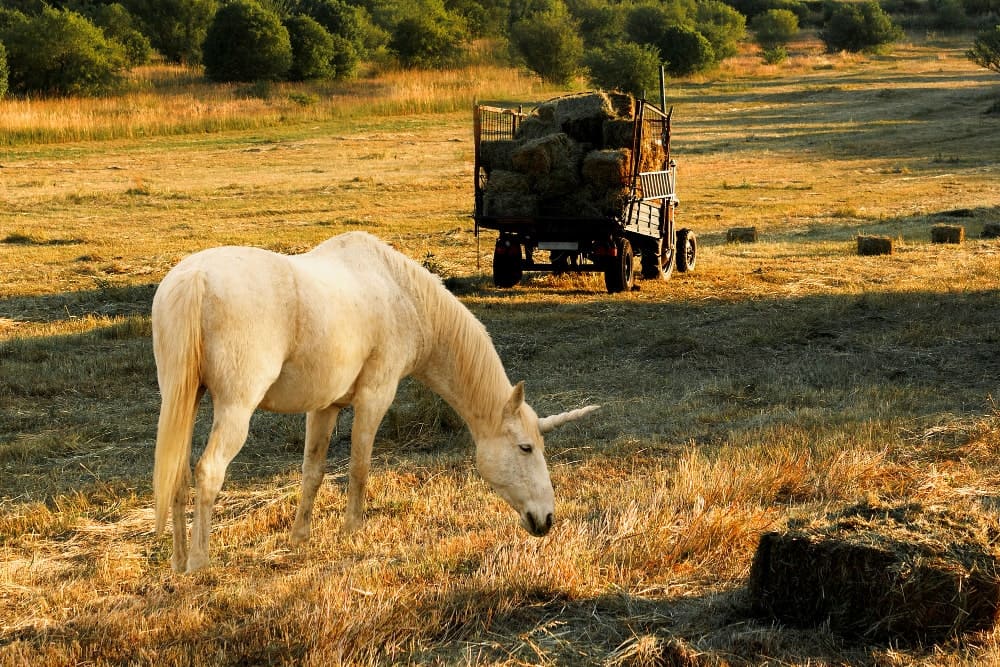
How Long After Mowing Can ...

How to Care for a ...
.jpg)
Why Do Horses Wear Blinders: ...
.jpg)
How to fit an exercise ...

Why is my horse bucking ...
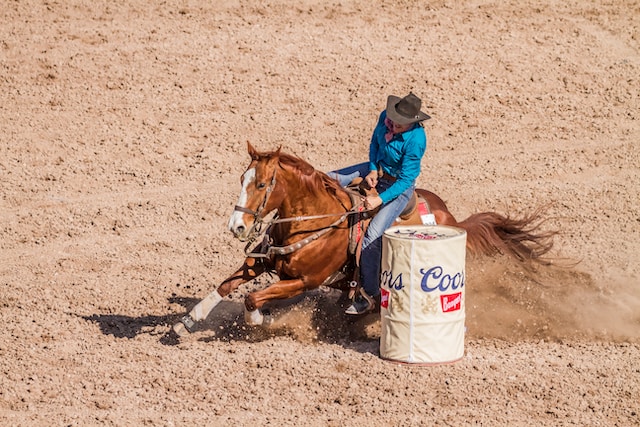
What causes a horse to ...
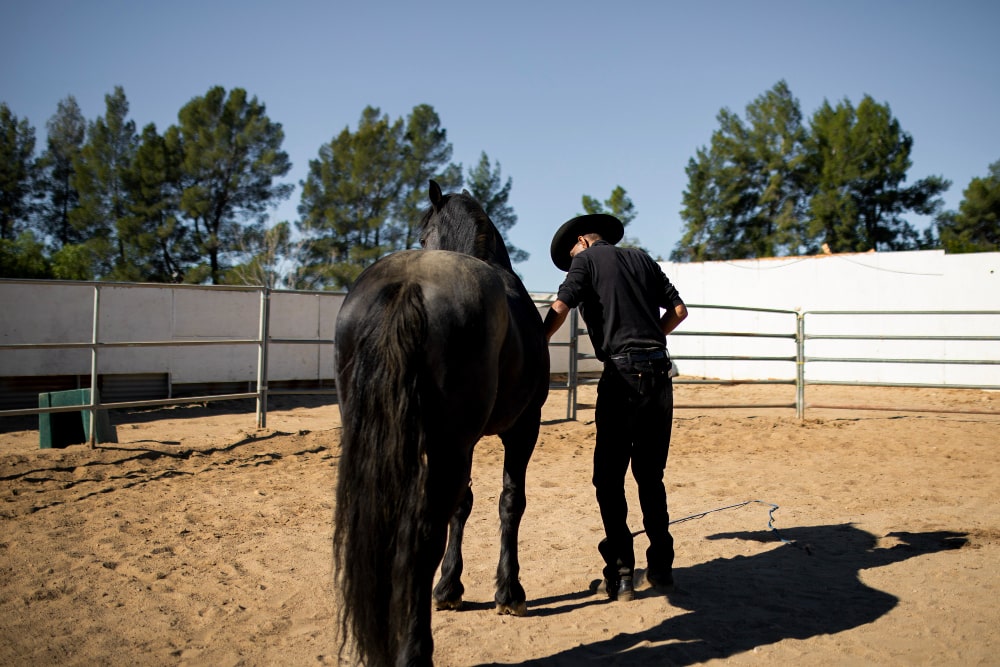
How to Stop a Horse ...
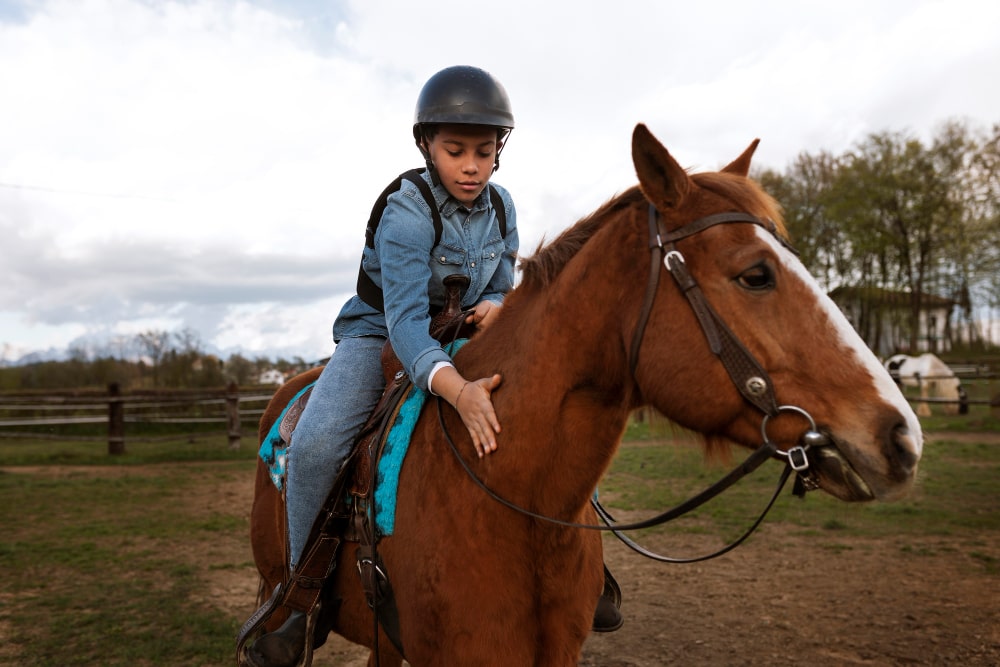
Why Is My Horse Bunny ...

How To Improve Pasture For ...
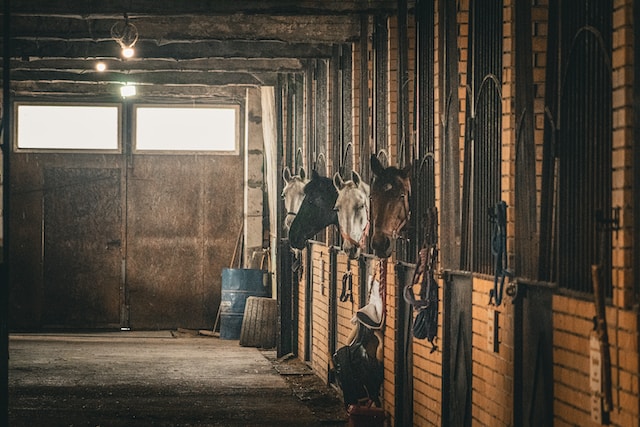
How to get the smell ...

Can you add ramp to ...

What Is The Temperament Of ...
.jpg)
Why Is Friesian Horse Hair ...
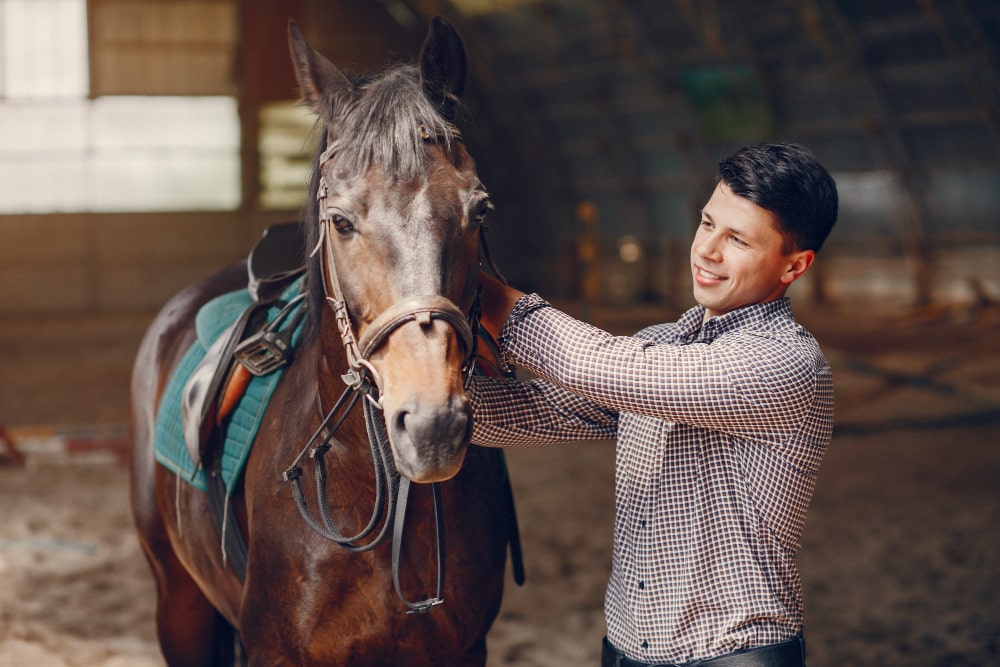
Why is my horse testing ...
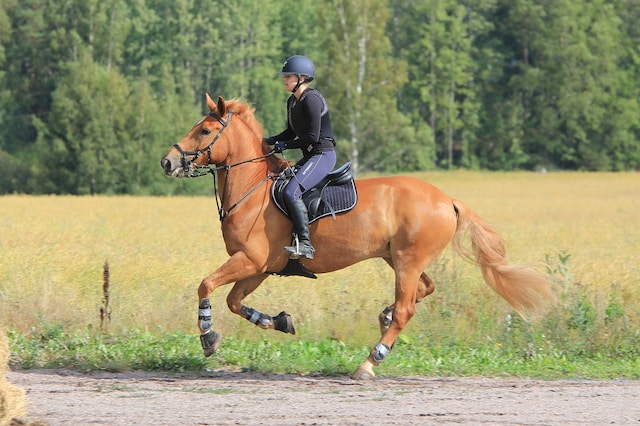
How often you should take ...
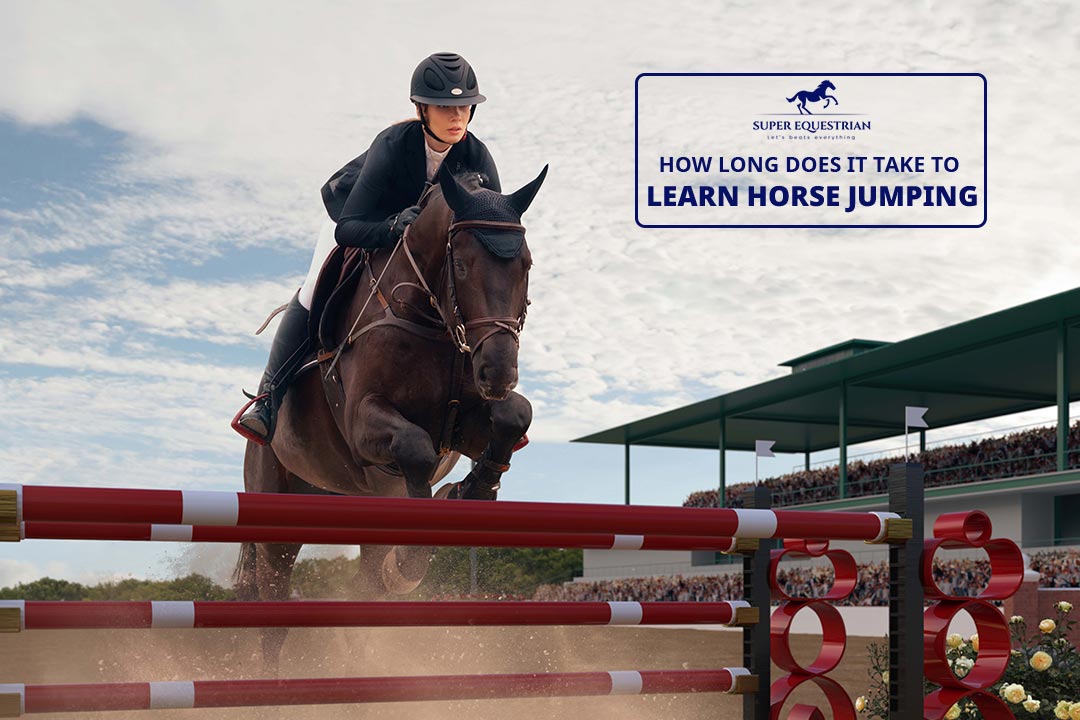
How long does it take ...
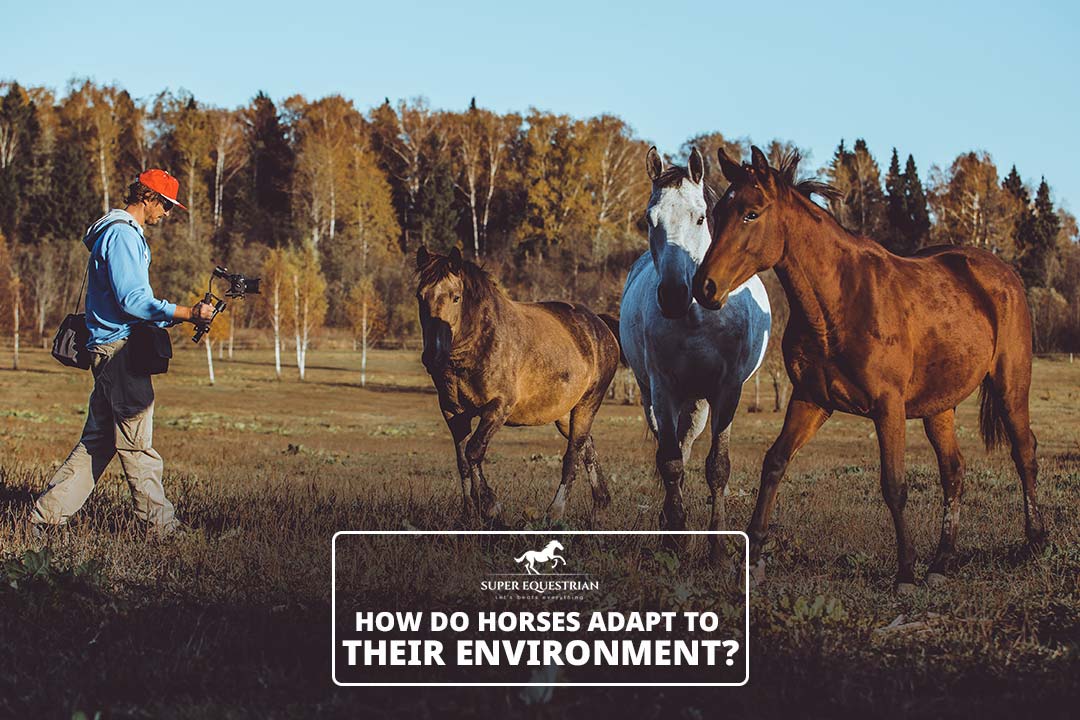
How do horses adapt to ...

How To Prepare For A ...
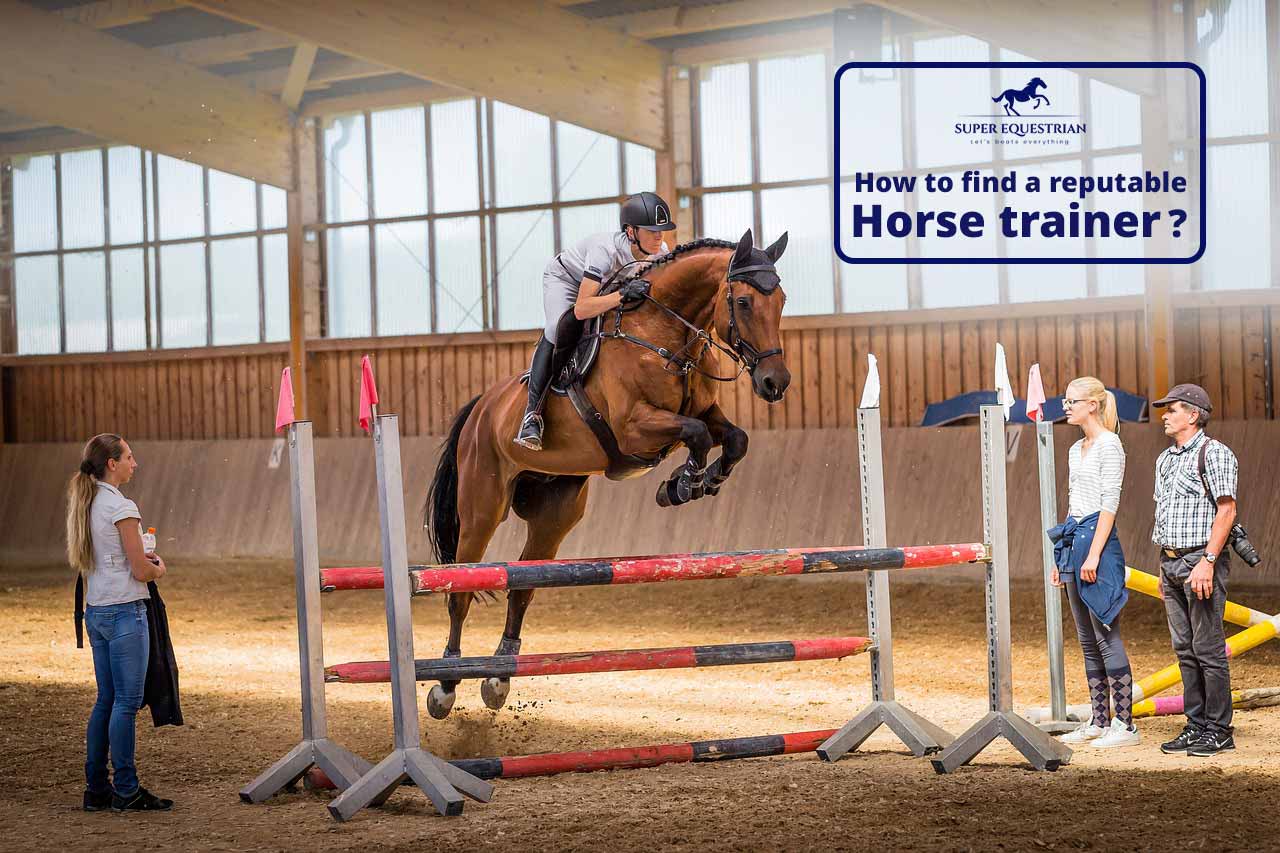
How To Find A Reputable ...
.jpg)
Do Horses Get Medals at ...

How to create a horse-...